A journey among spiders with Olympus
Hi, my name is Enrico, I am 33 years old, and I live in a small town on the outskirts of Udine, in Friuli Venezia Giulia, in the northeast of Italy. I am a biologist, and I work as an employee in a company operating in waste management and treatment services. Nature and everything related to it have always been my greatest passions. From an early age, I remember how obsessed I was with science, animals, and how the world works, and I must say that things have not changed much since that time.
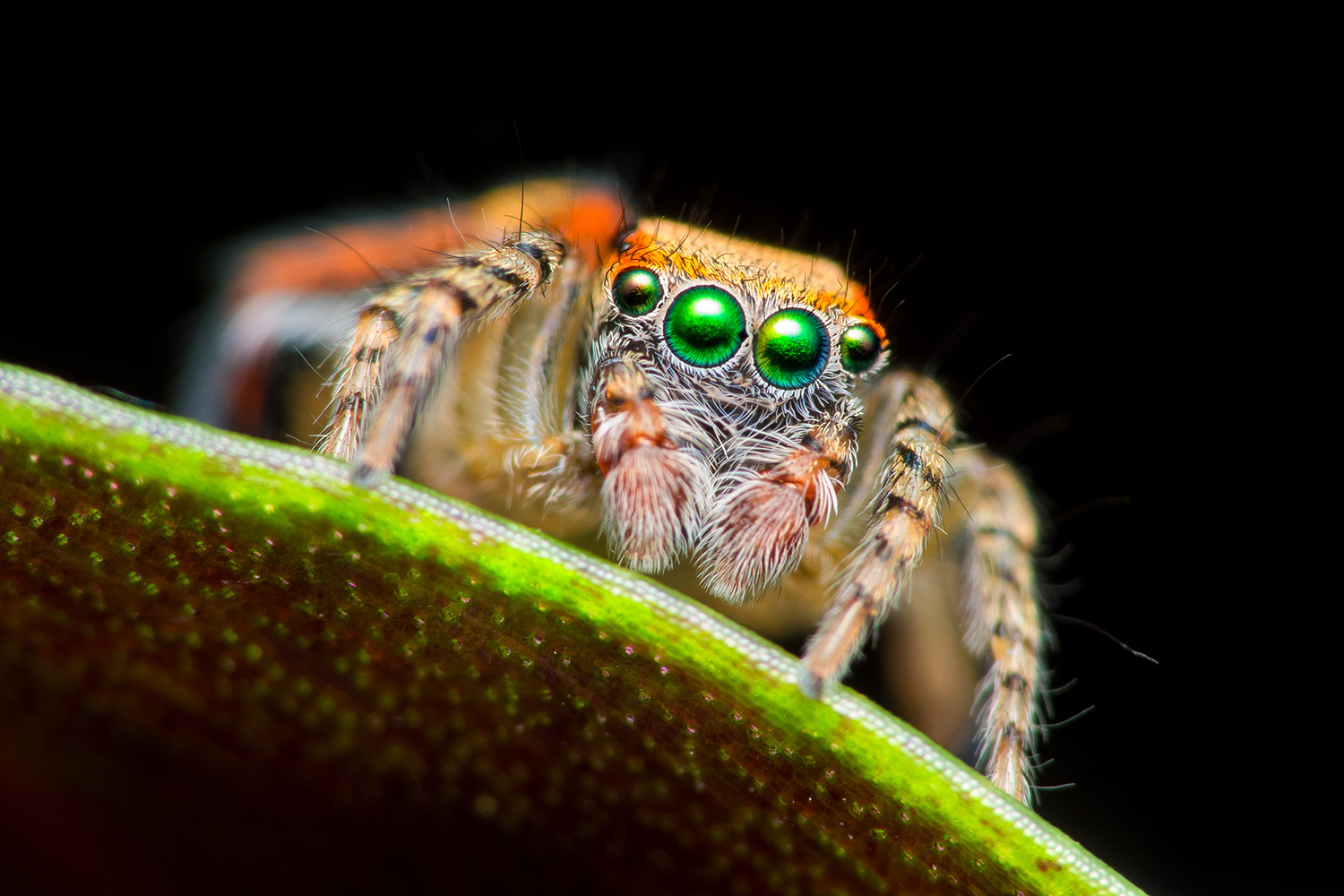


RIGHT: Olympus E-M1 . Olympus M.Zuiko 60mmF2.8 Macro . F/11 . 1/250” . ISO 200
Being in deep contact with nature is what makes me feel alive, a panacea for the soul and mind and, for this reason, to disconnect from the daily routine. Often on weekends, I decide to go hiking in the mountains of my region, among hidden waterfalls, splendid beech and fir woods, high altitude meadows and alpine lakes.
When I can, to fully enjoy the calm and solitude that only the mountains can give, I decide to sleep away from home, so I load the backpack with a tent and sleeping bag. In this way, I can better appreciate the sunrise and sunset and also dedicate myself to a few shots during the night.
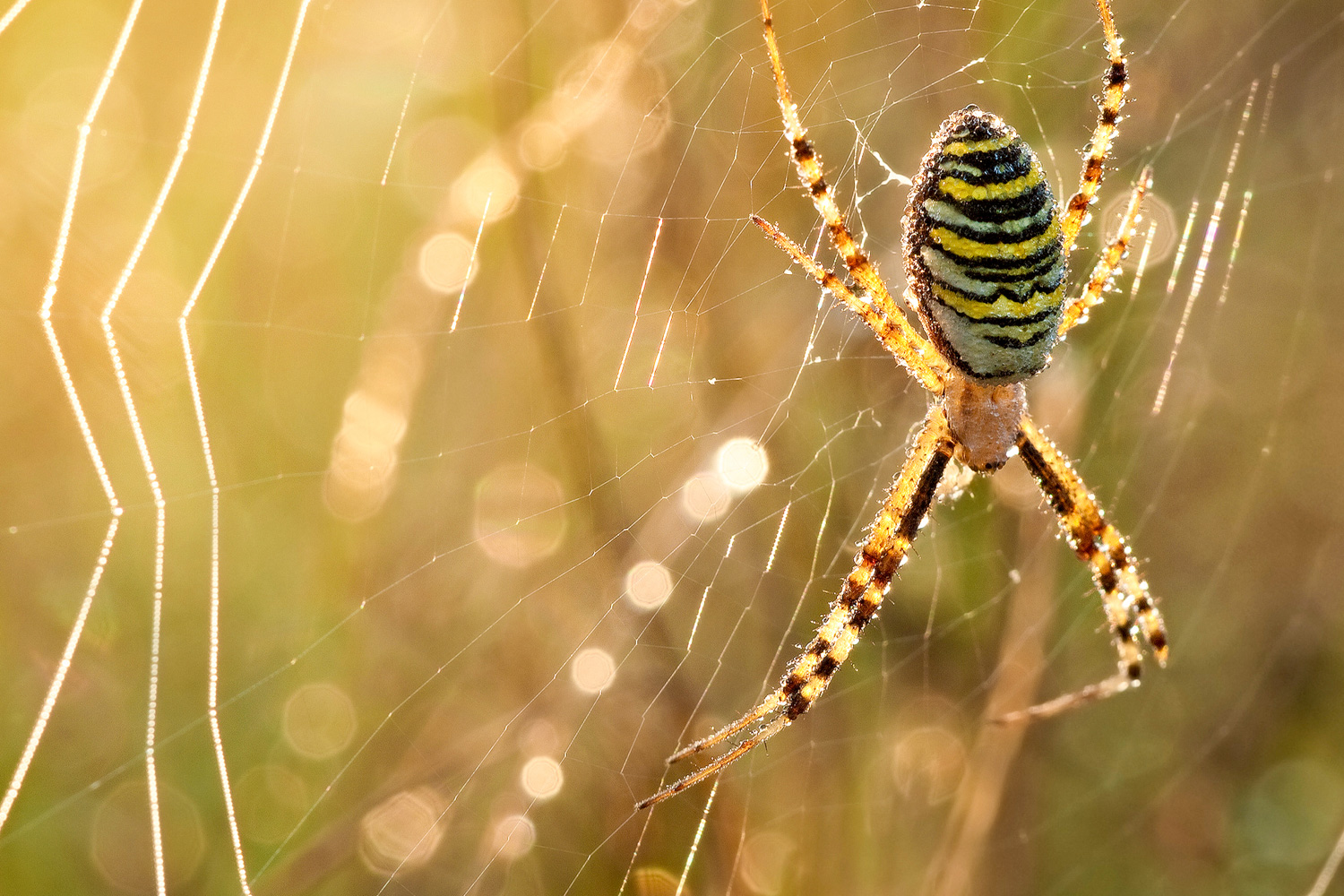
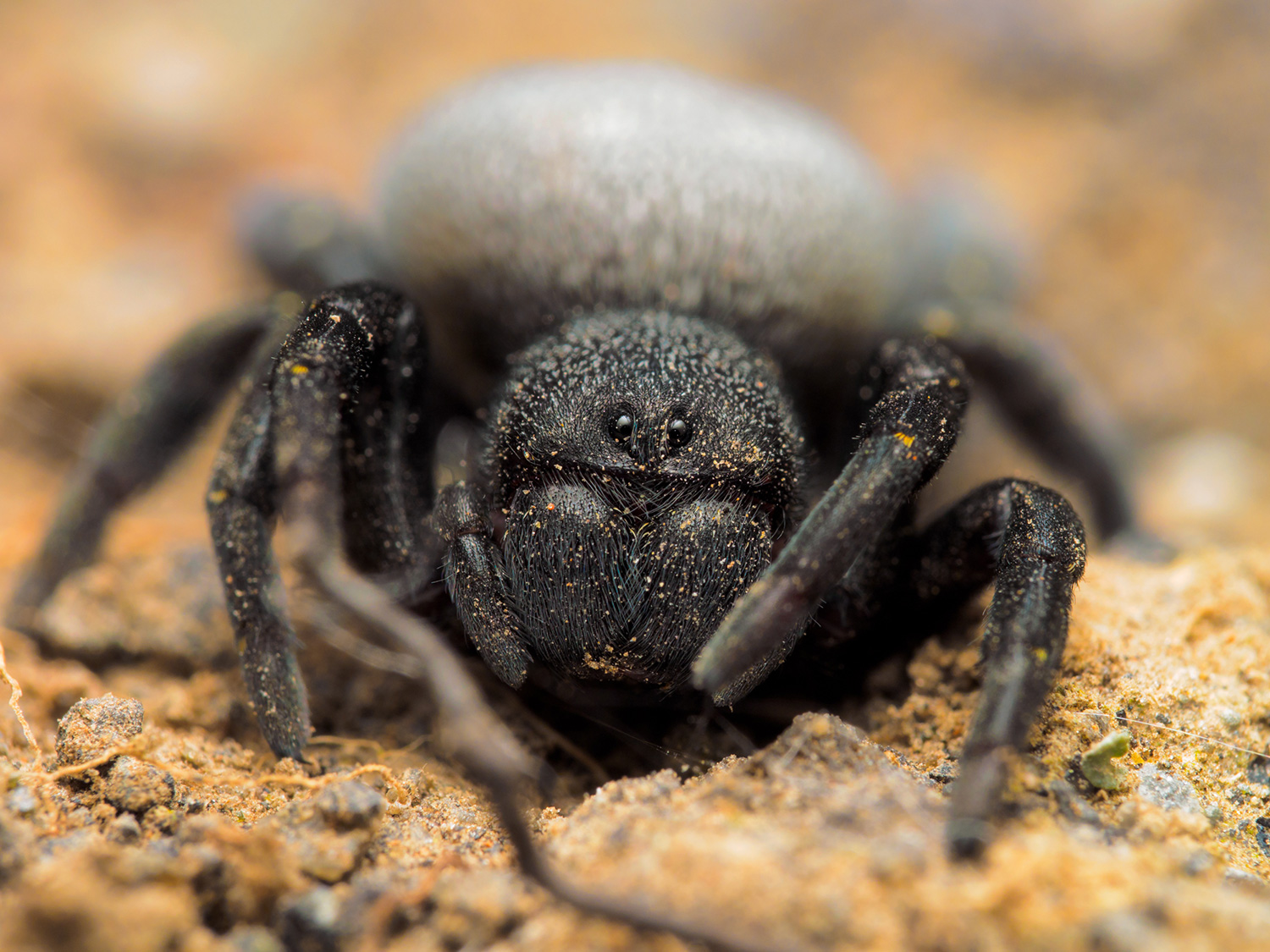
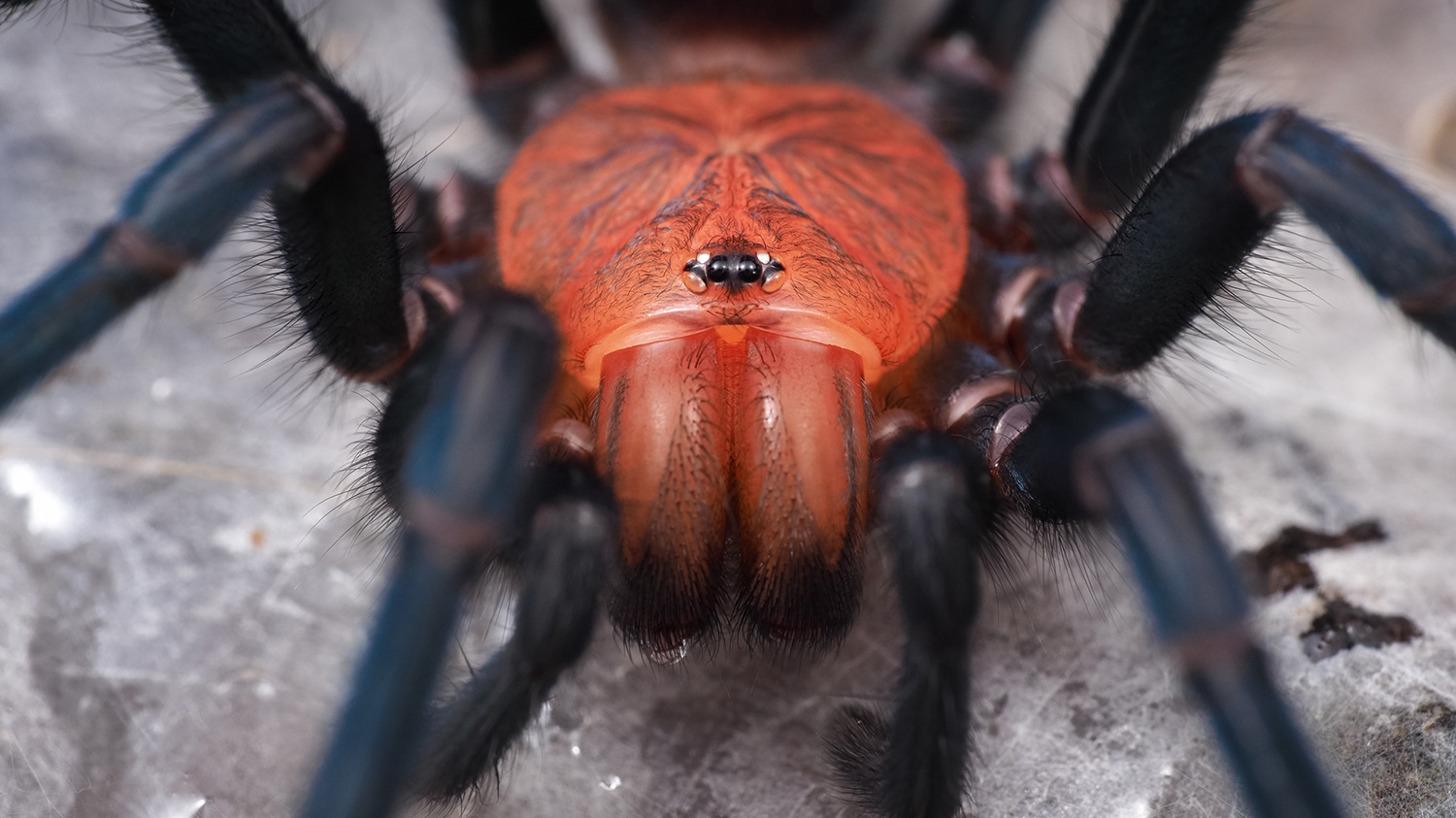
RIGHT: Olympus E-M1 MK II . Olympus M.Zuiko 60mmF2.8 Macro . F/10 . 1/125” . ISO 200
My passion for photography was born long ago, when I was 17, due to a spider. No, don’t worry, it’s not the beginning of a new Spiderman story (sadly). I said, I remember it was September, I was getting ready to go to sleep, and on the wall that led to my room, I found a spider. It was not the first time I had seen such a specimen, and at the mercy of mixed feelings such as fear and curiosity, I decided to take it with a glass.
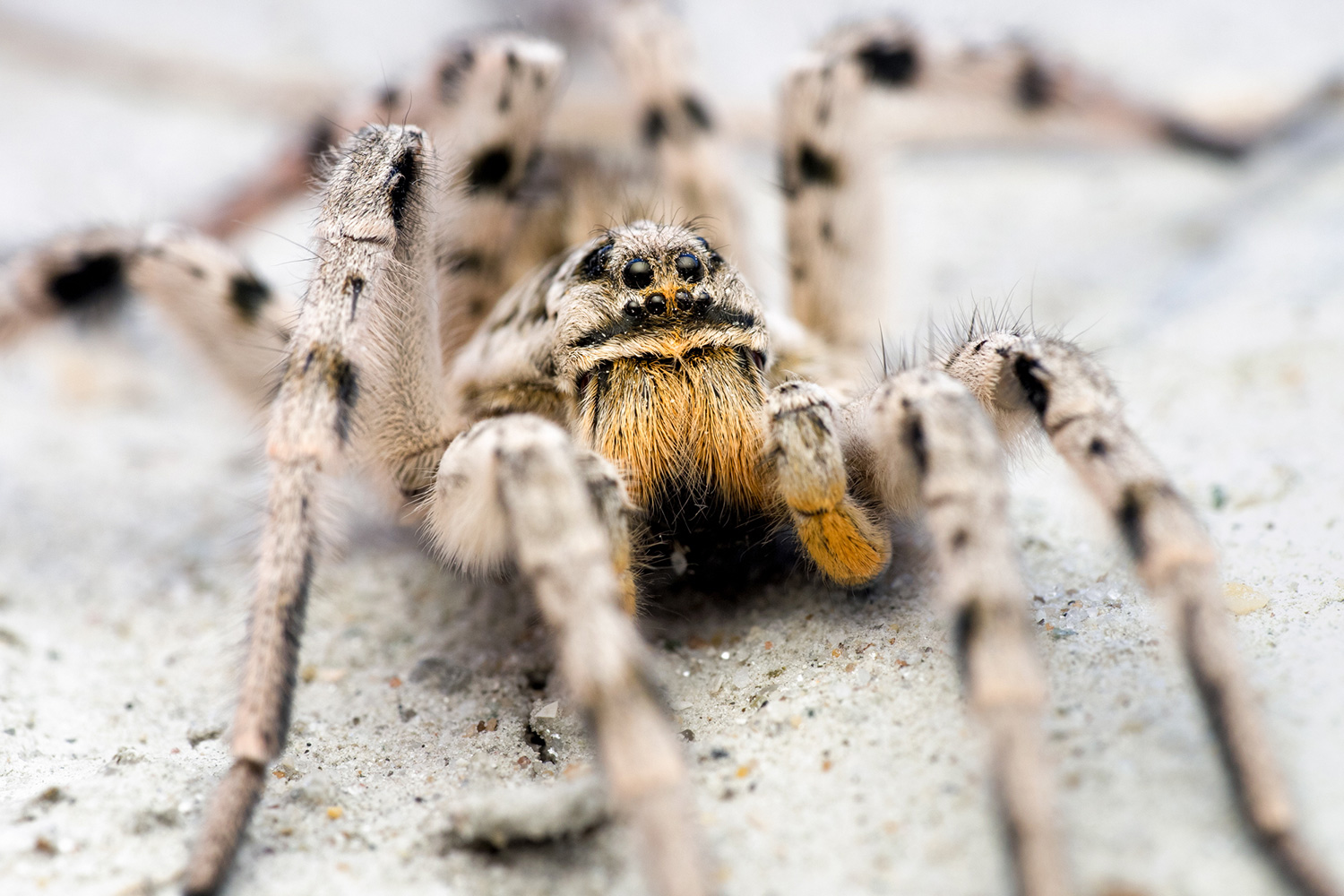
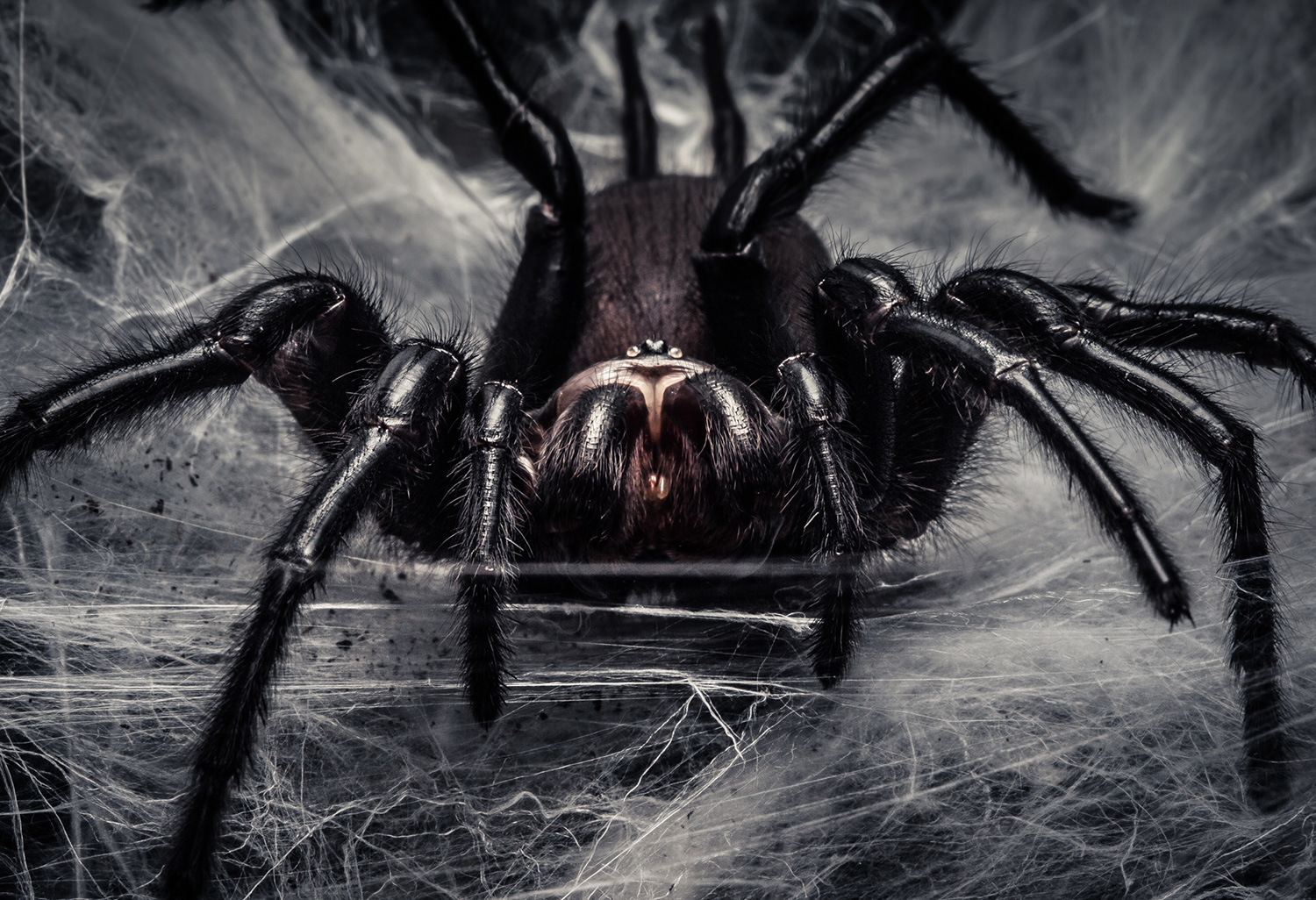
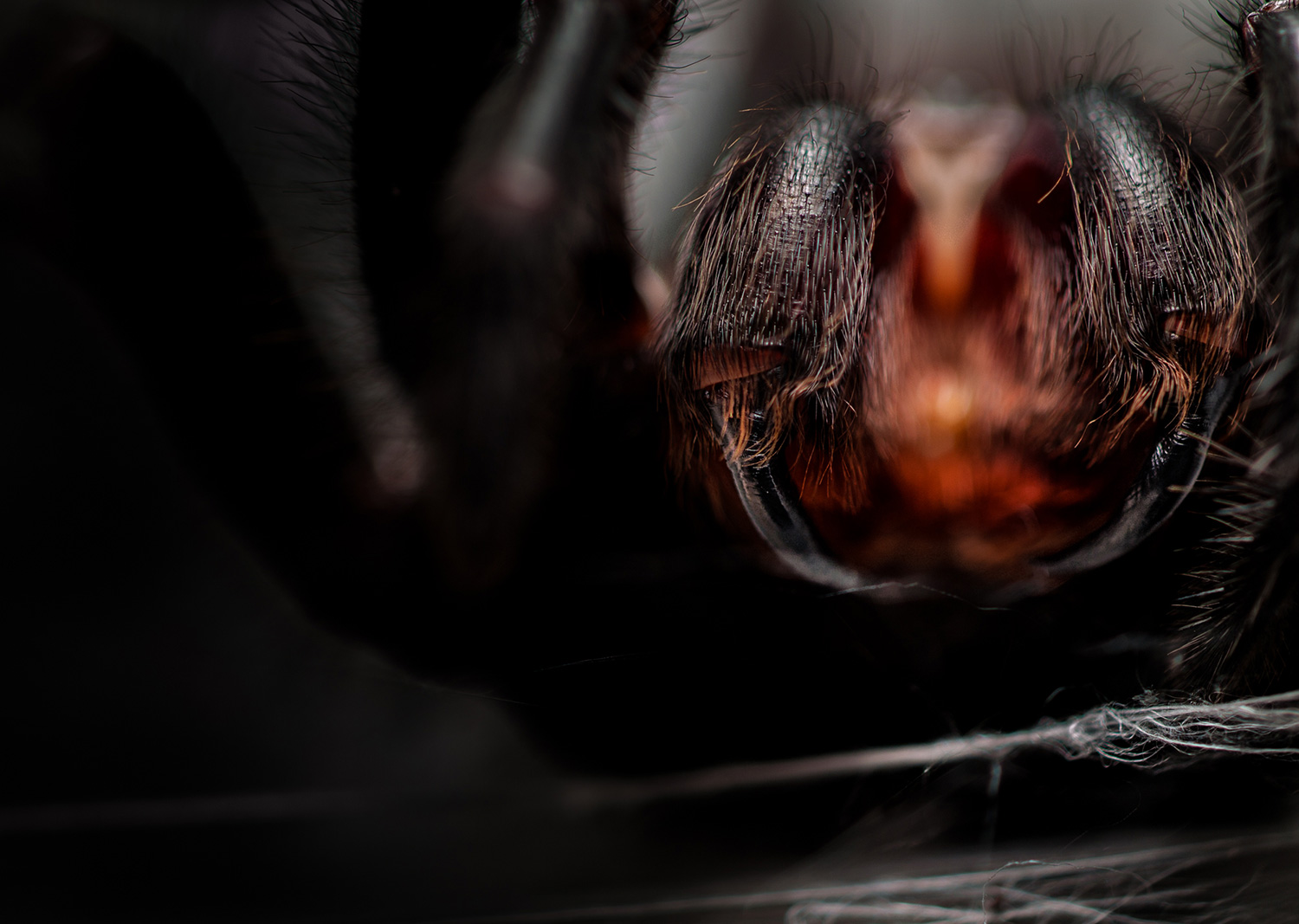
RIGHT: Olympus E-620 . Sigma 150mmF2.8 Macro . F/3.2 . 1/160” . ISO 100
I searched for information on the internet and came across the site of Aracnofilia – Italian association of arachnology, whose members explained to me that it was a female Zoropsis spinimana, a spider very frequent in homes.
Curiosity flared up, the thirst for knowledge was great. After a short time, the spider laid eggs from whom were born some offspring. The thing that surprised me was how the offspring were already perfectly self-sufficient.
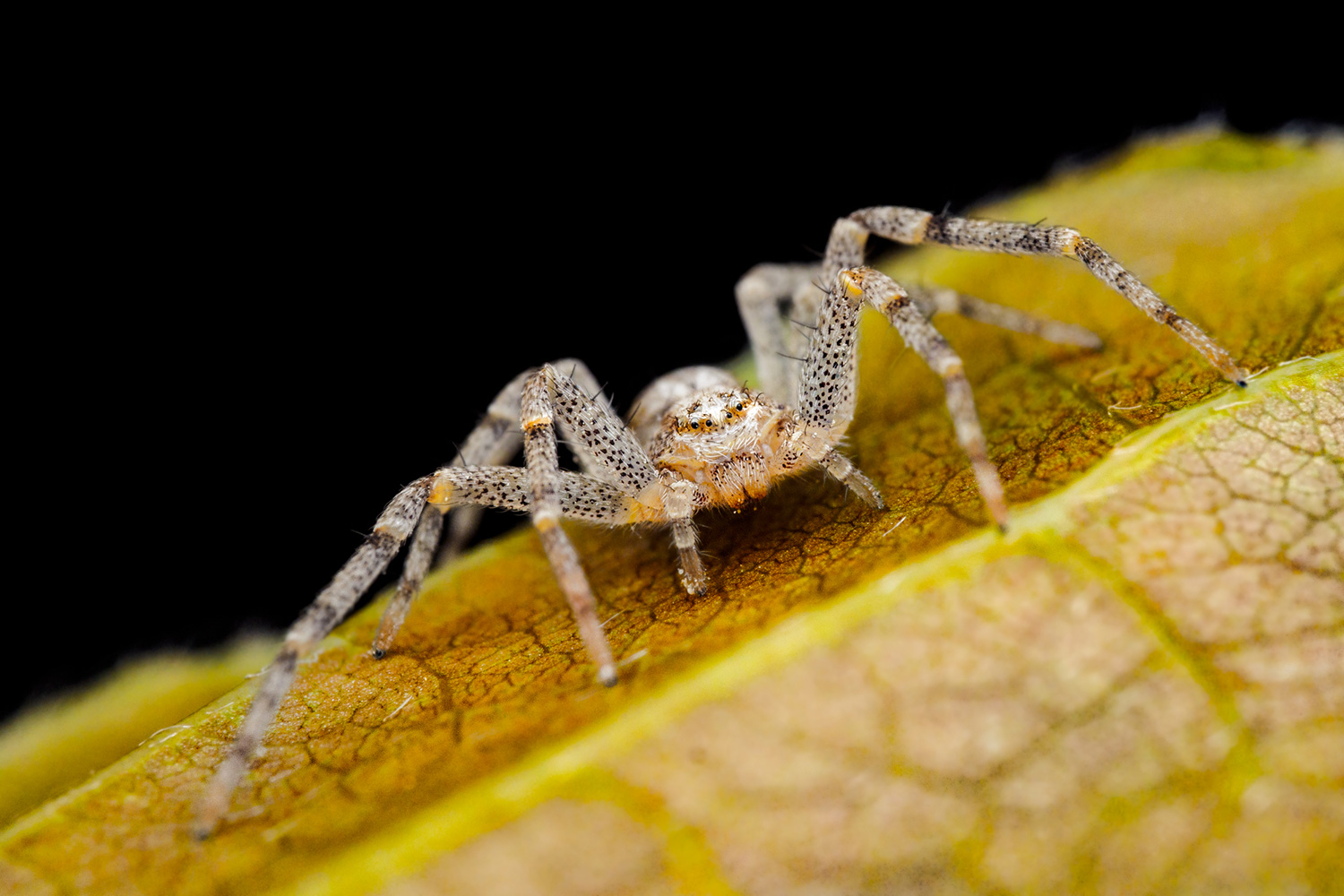

RIGHT: Olympus E-M1 MK II . Olympus M.Zuiko 60mmF2.8 Macro . F/8 . 1/125” . ISO 200
Over time the passion became bigger and bigger, leading me to become vice president of Aracnofilia, with which I collaborated for the production of educational exhibitions, the stipulation of agreements with research institutions as well as the discovery of some new unknown species with related publications in international peer-reviewed journals.
You may ask, why spiders? I can’t give a precise answer, probably because of their predatory charm, symmetrical appearance, and the complexity of their behaviours. Probably also because I discovered that not as much is known about them as for other animals, despite the fact that they have managed to colonize the most disparate environments of our planet.
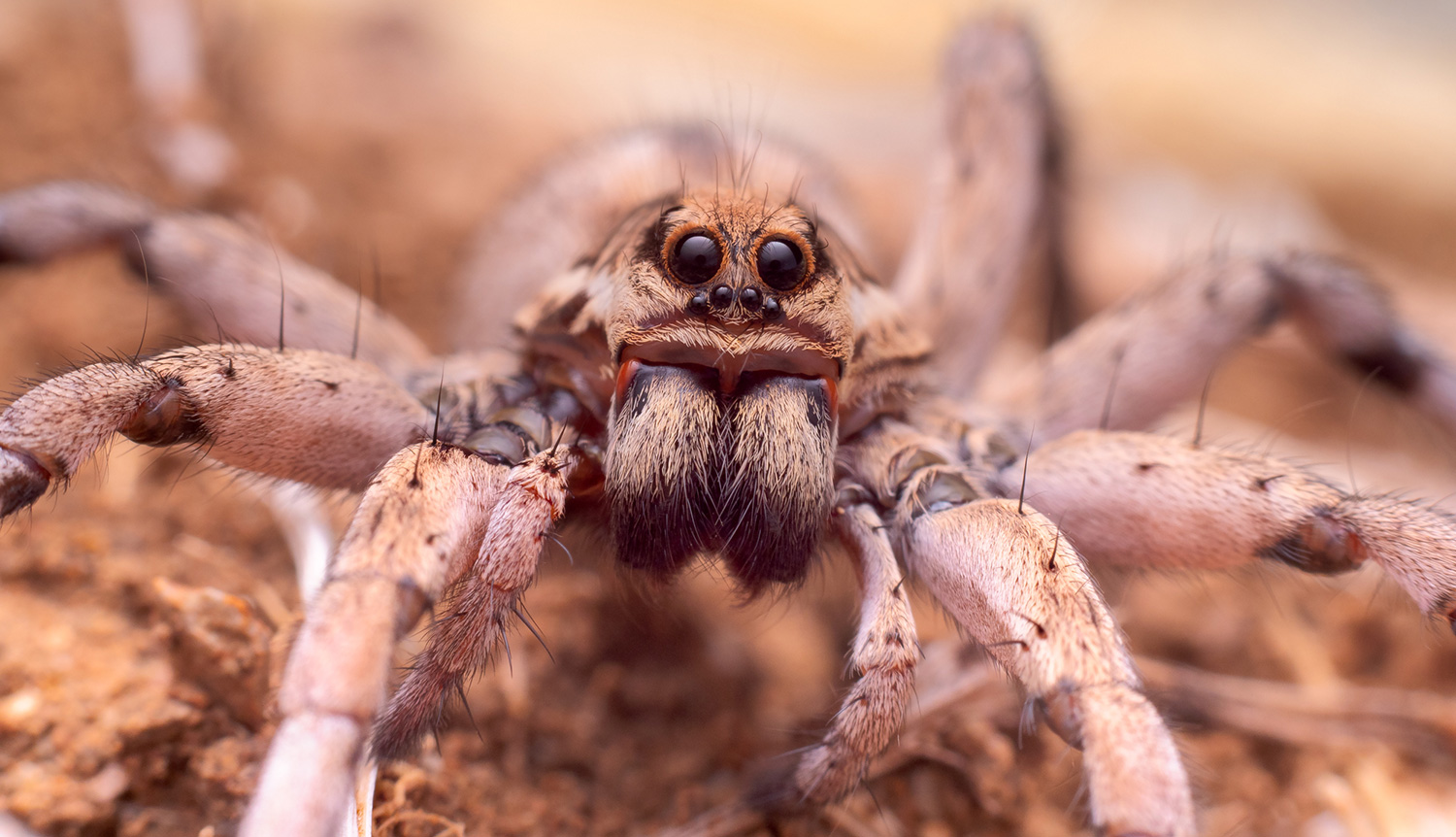
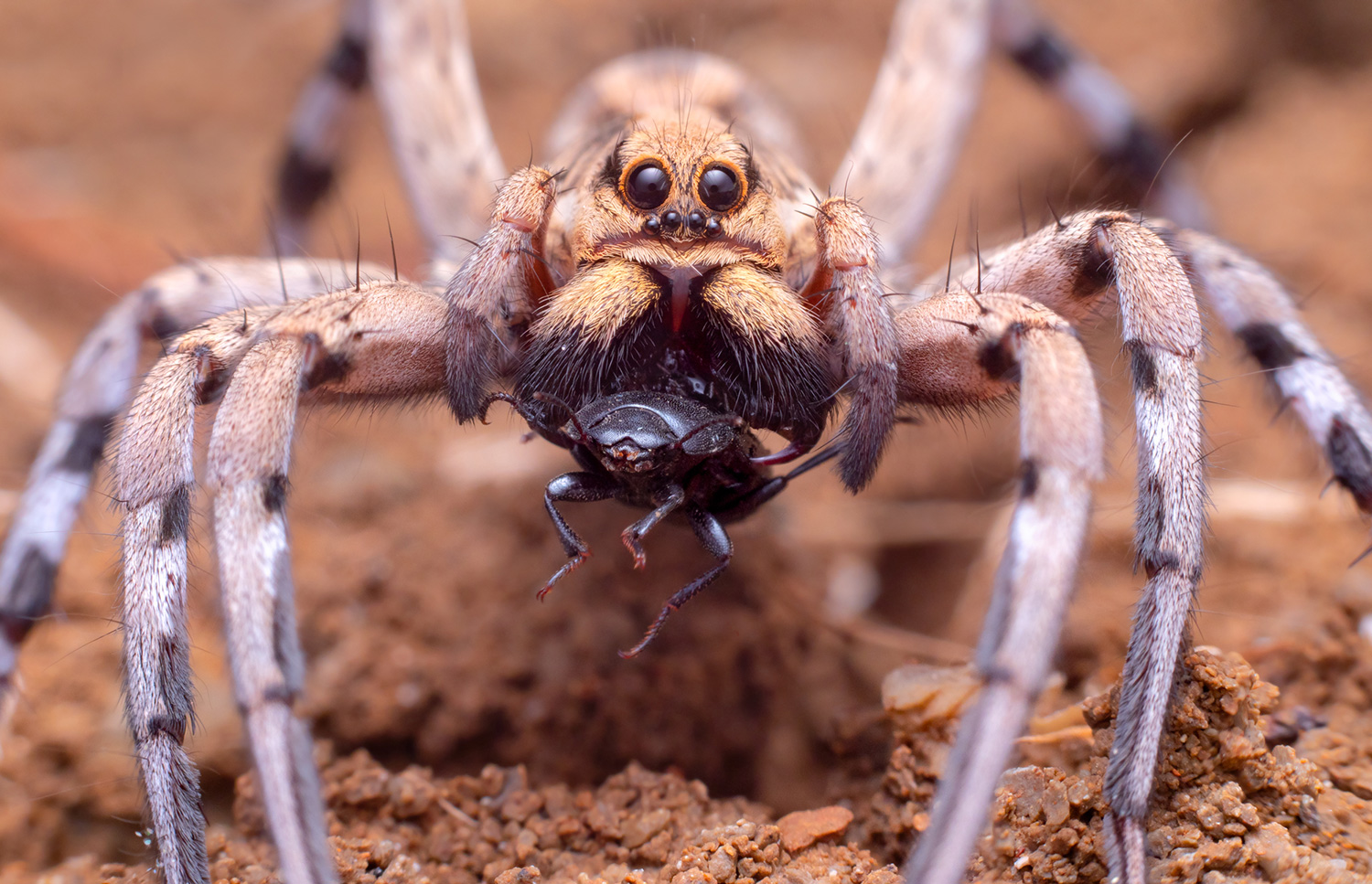
RIGHT: Olympus E-M1 MK II . Olympus M.Zuiko 60mmF2.8 Macro . F/9 . 1/80” . ISO 200
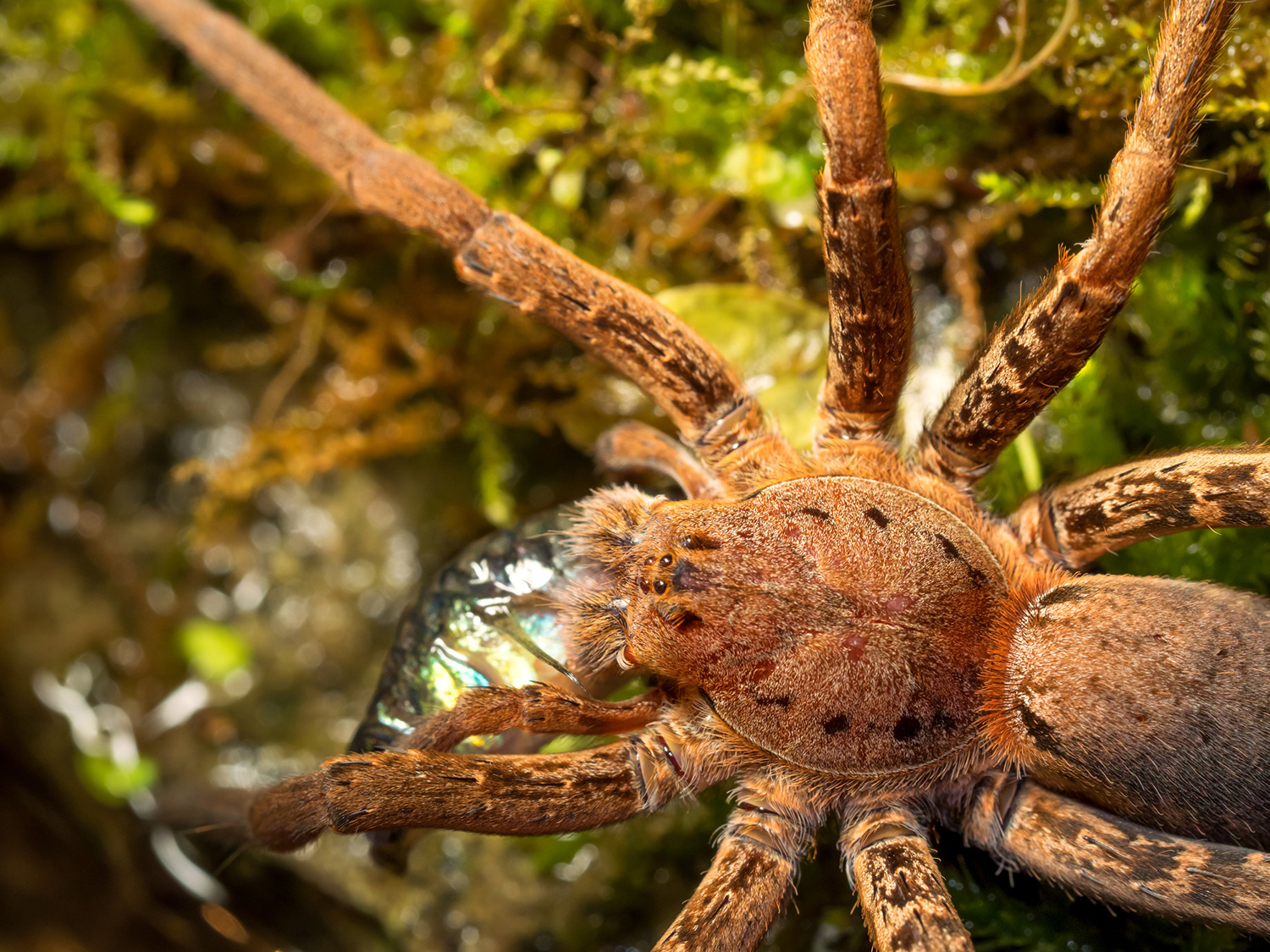
Spiders also have incredible abilities that we do not encounter in other animals, such as perceiving micro modifications in the air pressure that surrounds them, managing to perceive a potential prey even in total darkness. Another sensational skill is their capability to produce silk, which is one of the best biopolymers we can find in nature.
In fact, with the same thickness, spider silk has a tensile strength five times greater than steel and a much greater elongation capacity than Kevlar. Basically, it would be the perfect material for the production of parachutes and bulletproof vests. However, research in this area is still in its early stages.


RIGHT: Olympus E-M1 MK II . Olympus M.Zuiko 60mmF2.8 Macro . F/9 . 1/125” . ISO 500
To recap, my passion for photography was born in parallel with my need to photograph these animals both for study and for pleasure. I started using my father’s camera, an old Olympus E-500 and a Zuiko 14-45mm f/3.5-5.6, coupled to the EX-25 extension tube. Over time I felt the need to obtain greater magnification and to have my own kit, so I bought an Olympus E-620 and a Zuiko 35mm f/3.5 Macro, which allowed me to obtain a 1:1 magnification.
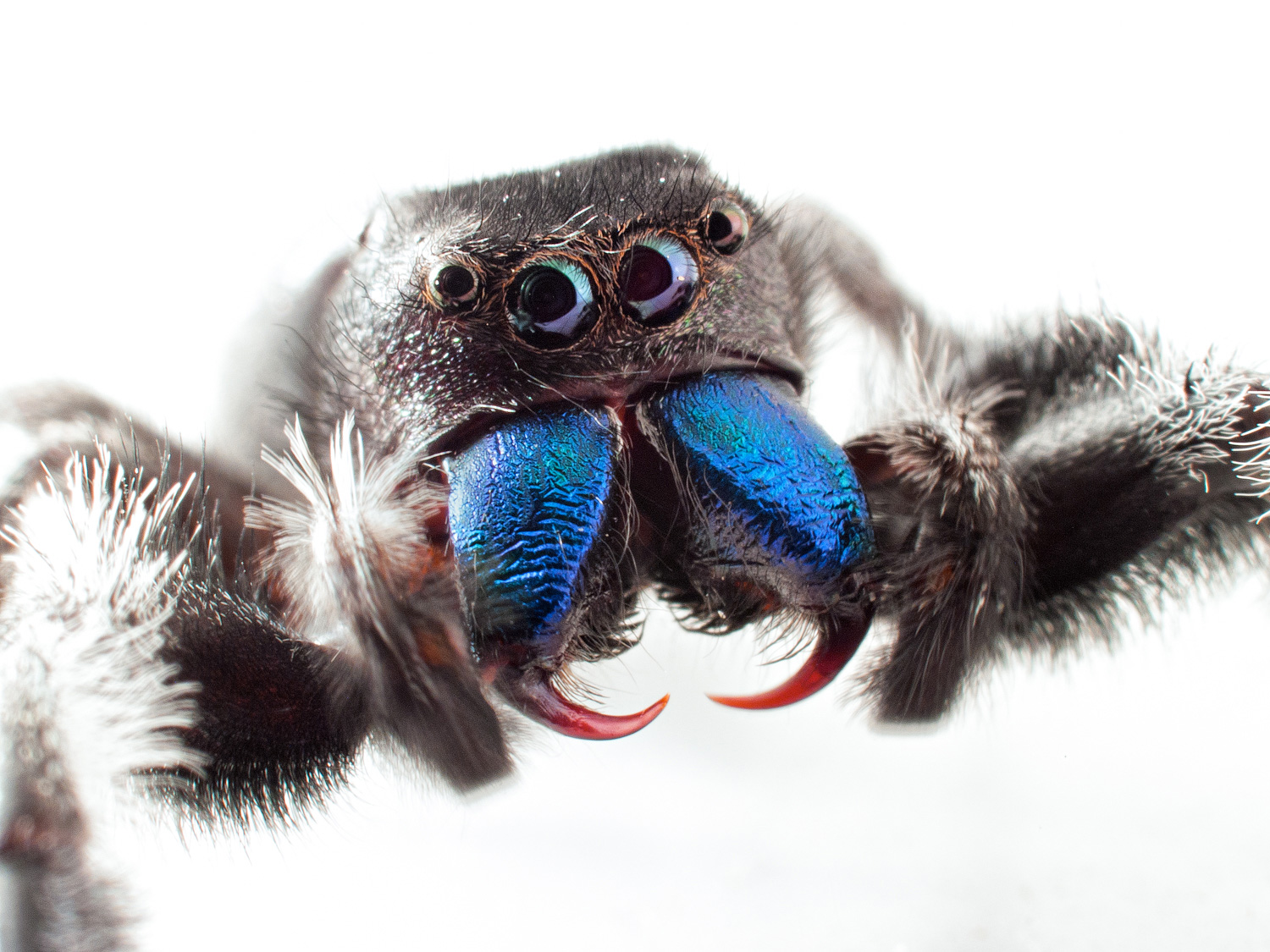
Initially, I did not know whether to stay at Olympus or migrate to other brands. Still, in the end, I decided to stay with the 4/3 format for the considerable advantages for macro photography due to the double depth of field that is obtained compared to a full-frame with the same aperture. Years later, with the arrival of the Olympus E-M1, I decided it was time to change the body again and finally switch to the M43 system. What a camera! Once I bought it, I immediately fell in love with it.
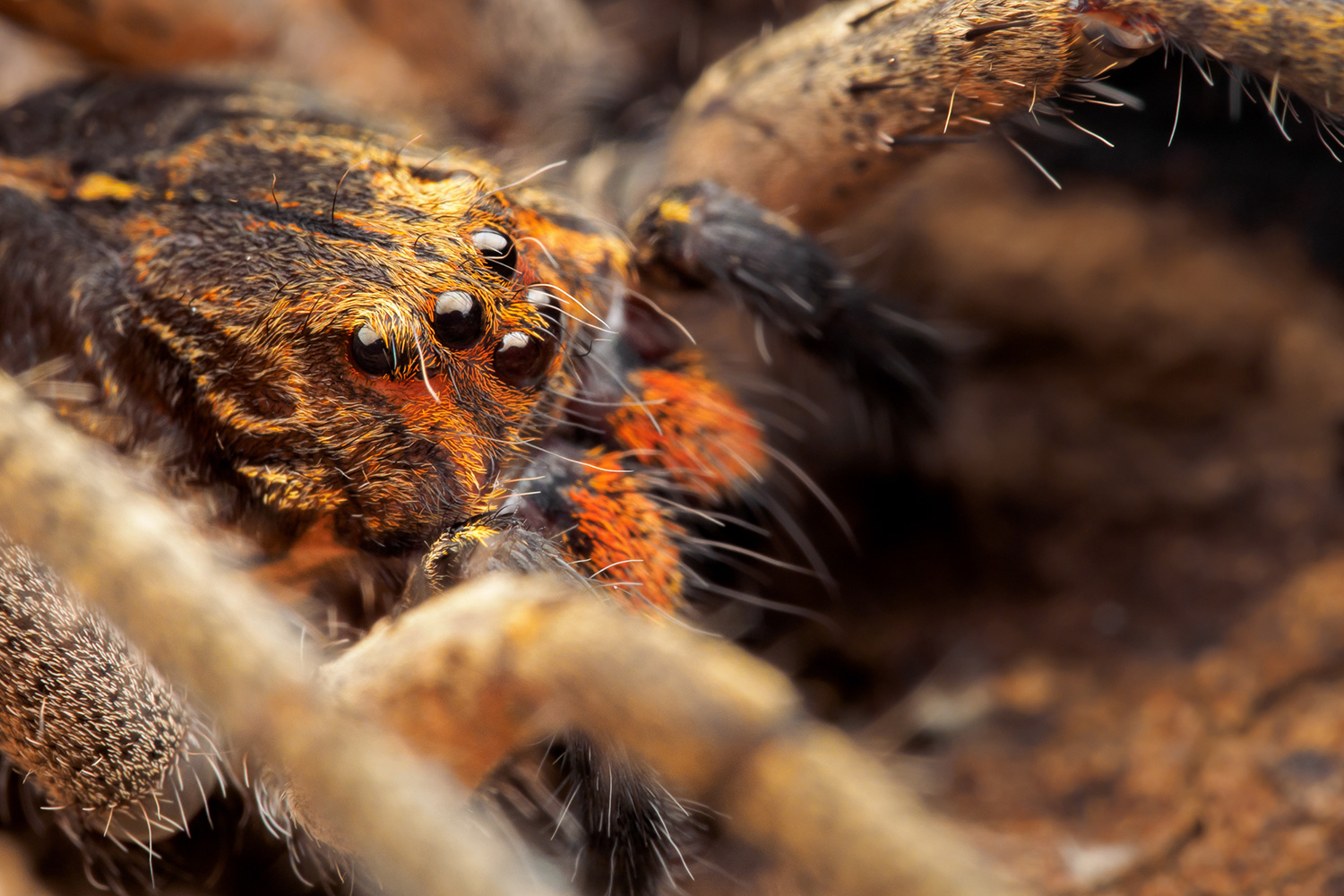

RIGHT: Olympus E-M1 MK II . Olympus M.Zuiko 60mmF2.8 Macro . F/7.1 . 1/100” . ISO 200
The M43 system allows me to have all the features I need in a small body: high depth of field in macro photographs, lightness and ease of transport for my excursions in the mountains, together with bomb-proof weather sealing which makes me feel comfortable in the rain or dusty environments.
Currently, the configuration I use to take macro photos consists of an E-M1 Mark II coupled to the M.Zuiko 60mm F2.8 Macro, extension tubes and a flash mounted on the hot shoe. I tend to always shoot with the flash; I rarely take pictures in natural light. The flash allows me to have greater control of the light in the scene and permit me to reduce shutter speeds, which is important because animals often move constantly.
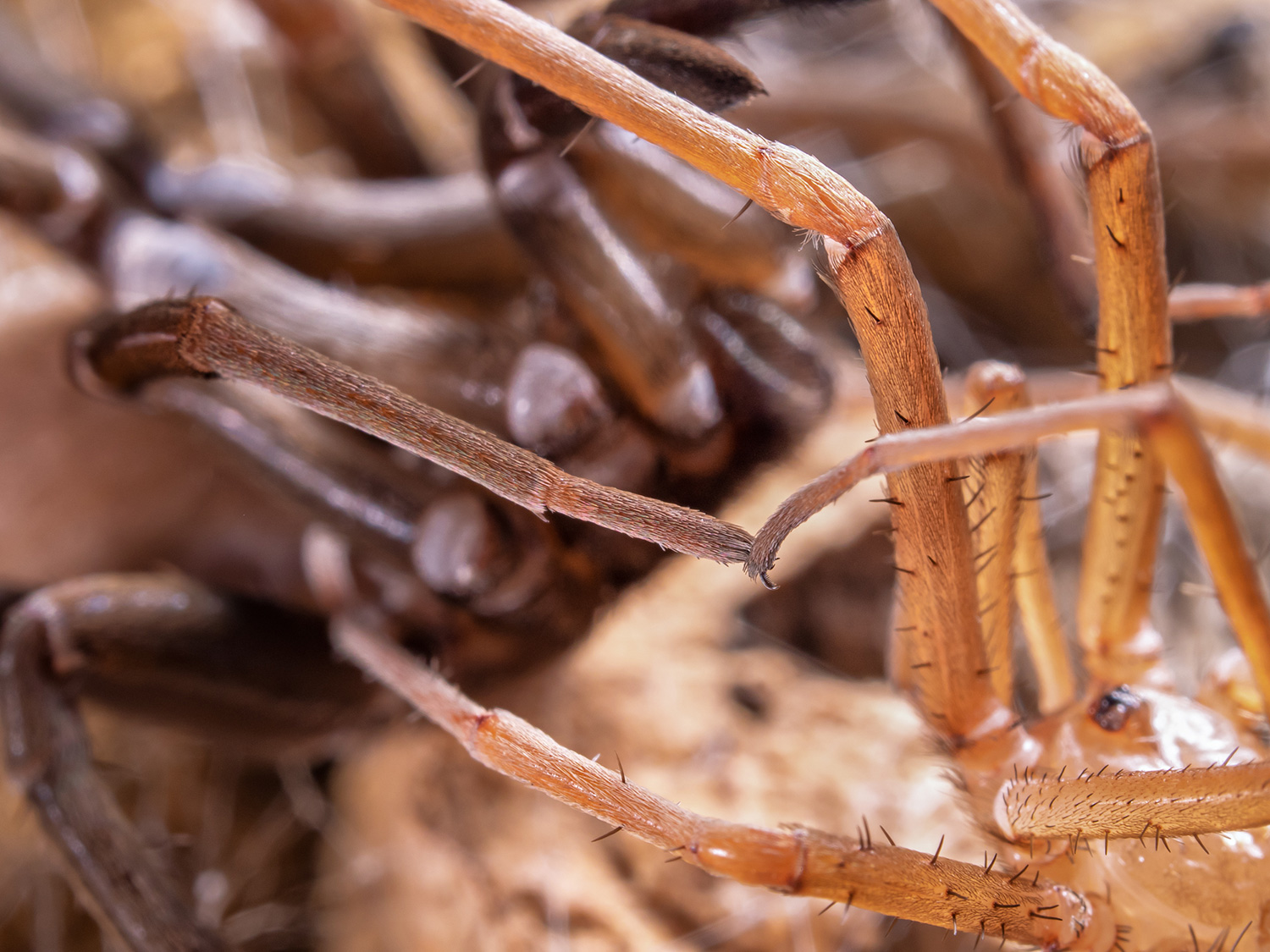
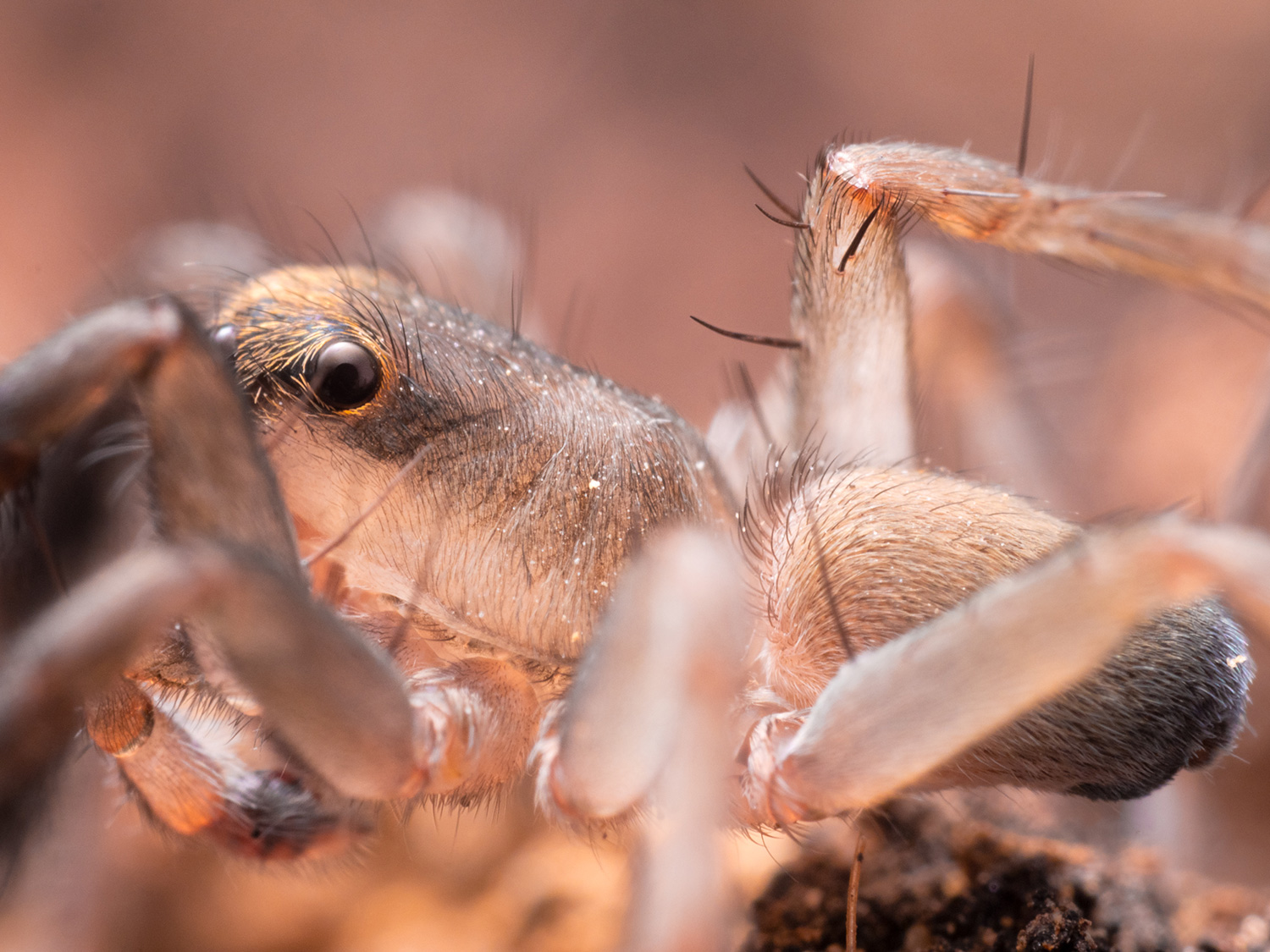
RIGHT: Olympus E-M1 MK II . Olympus M.Zuiko 60mmF2.8 Macro . F/10 . 1/100” . ISO 320
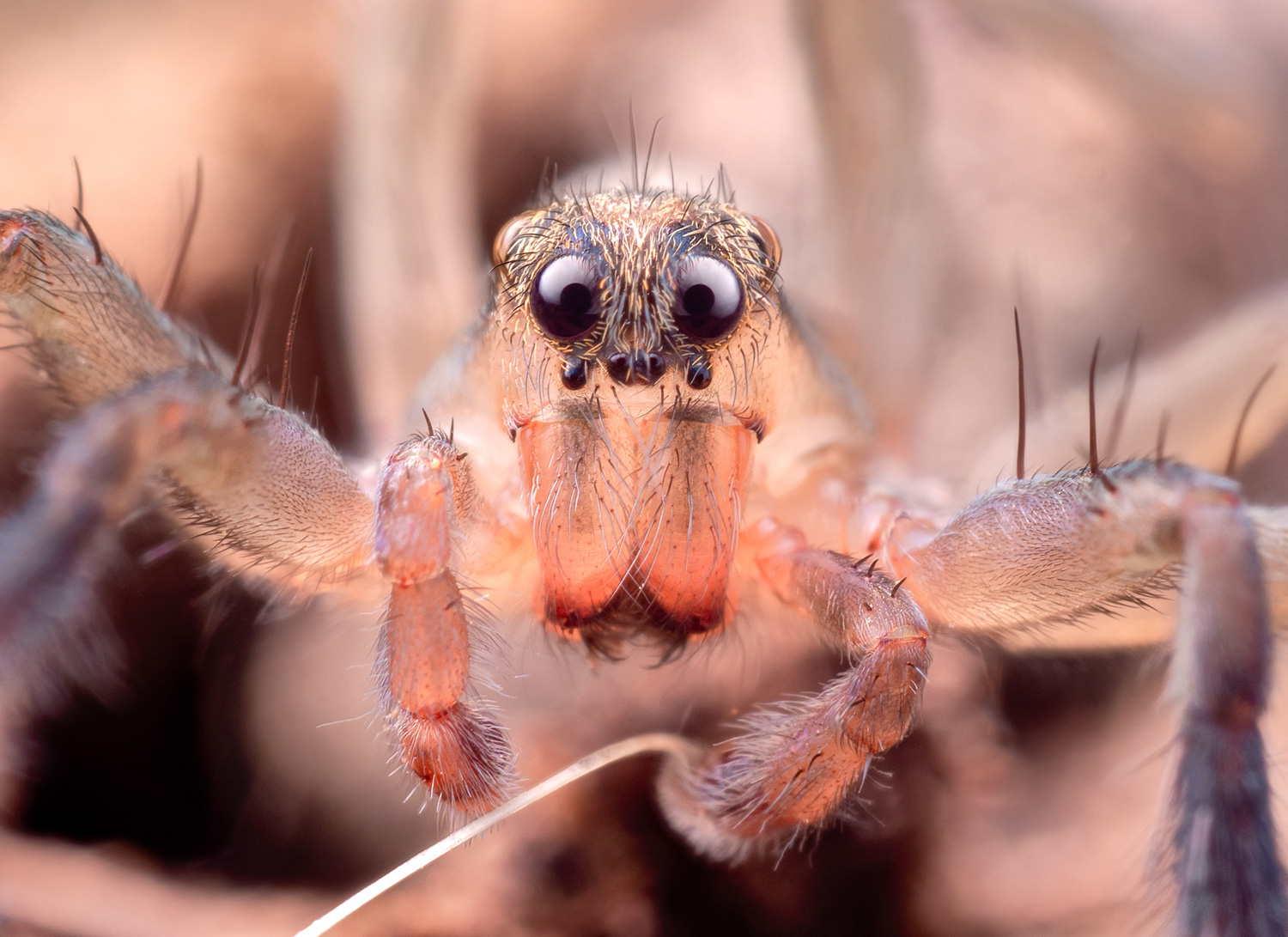

RIGHT: Olympus E-M1 MK II . Olympus M.Zuiko 60mmF2.8 Macro . F/9 . 1/250” . ISO 200
However, a key factor in getting good results with flash is to properly spread the flashlight onto the subject, which I achieve by using a homemade diffuser mounted on the front of the lens. Sometimes I also try to deal with wide-angle macro shots, but it is a field that I have yet to fully explore. However, for wide-angle shots, I use two lenses, a Laowa 7.5 mm F2 or the fantastic M.Zuiko 8mm F1.8 Fisheye PRO, and I light up the foreground with one or two flashes activated wirelessly, always coupled with light diffusers.
In addition to the previously mentioned equipment, I also own:
● M.Zuiko 12-40mm F2.8 PRO
● M.Zuiko 40-150 F2.8 PRO
● Sigma 30 mm F1.4
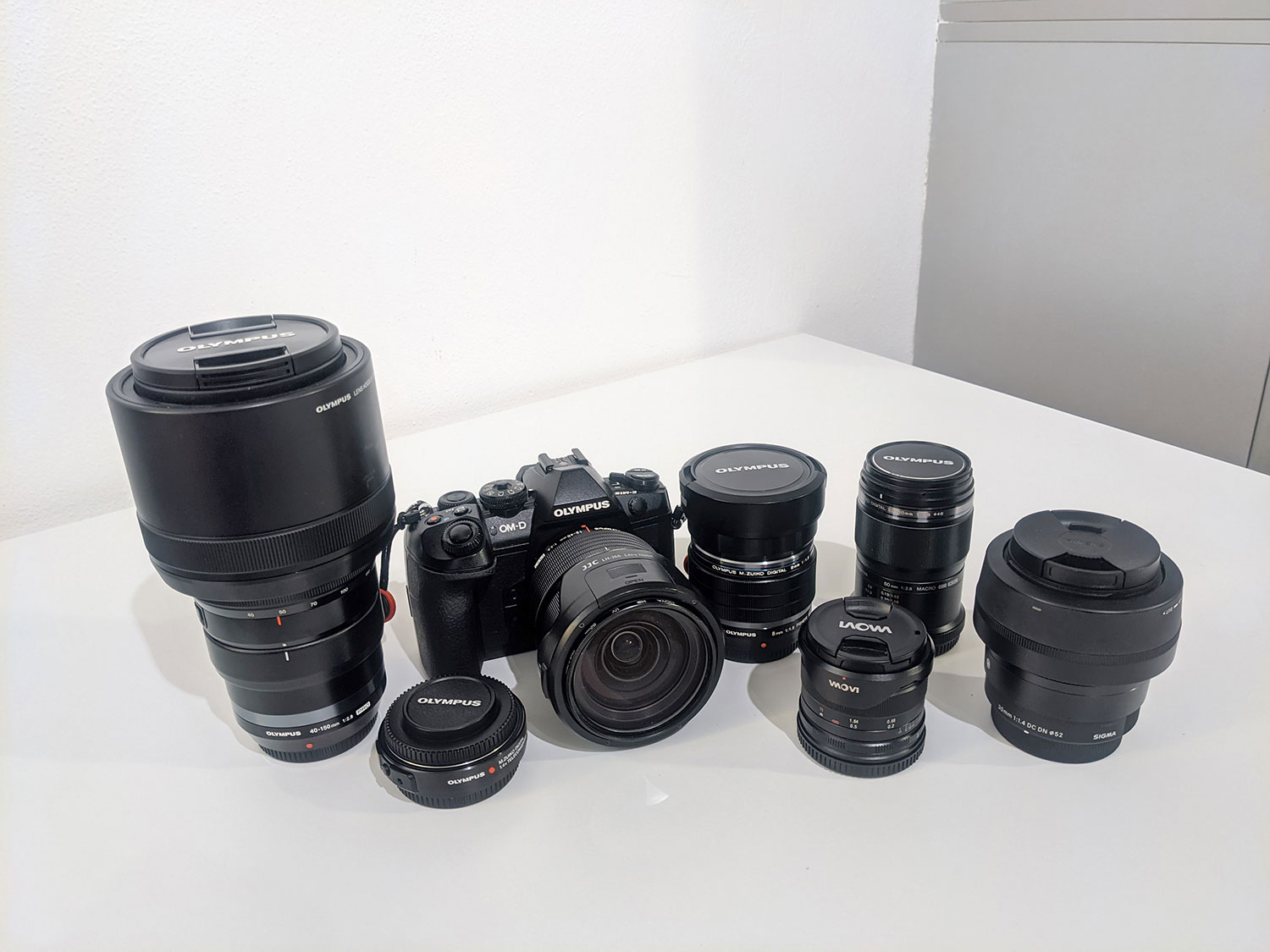
Sometimes unexpected things can happen when taking pictures. This summer, for example, I went with my girlfriend to Sicily for the summer holidays. Our hotel was near a beautiful castle set on a cliff overlooking the sea, so one evening I decided to go and photograph it, hoping to capture also the Milky Way in the background.
Arrived on the spot I walked towards the castle. It was dark and was necessary to cross an overgrown field to reach it, so I turned on the headlamp to be able to see better. Suddenly I noticed that around me, on the ground, at a distance of a few meters from each other, there were reflections, like glitter, glass, which shone in the direct light of the torch.
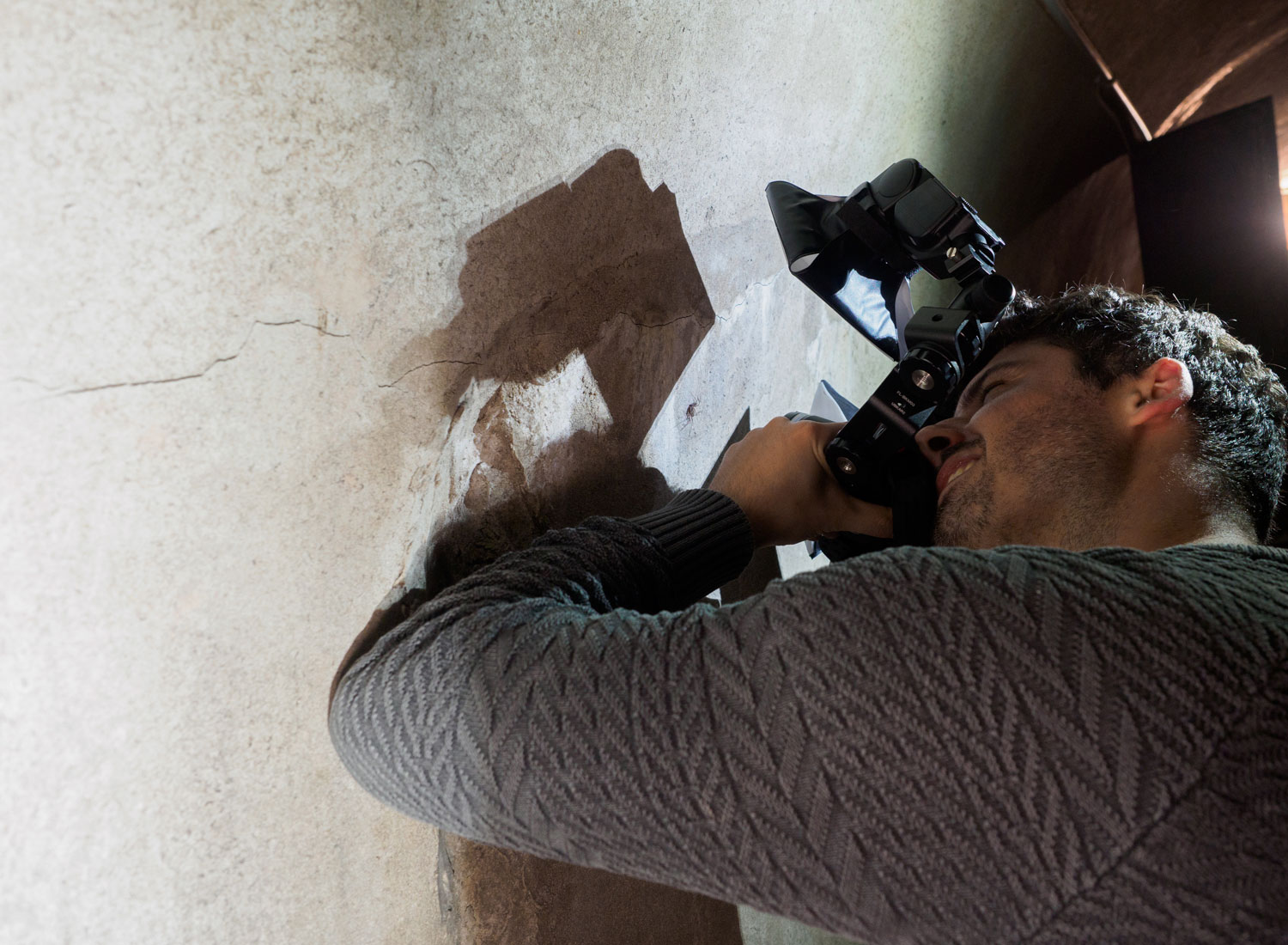

RIGHT: Olympus E-M1 MK II . Olympus M.Zuiko 8mmF1.8 . F/6.3 . 1/10” . ISO 800

Only when I got closer did I understand that those sparkles in the night were nothing more than the reflections of the eyes of several dozen specimens of Lycosa, a species present in central-southern Italy quite rare to find. The glare of the eyes is caused by the presence in them of a reflective layer called tapetum lucidum, which is used by the spider to be able to increase the ability to see in low light. I was stunned, I gave up on the castle and devoted myself exclusively to taking pictures of the various specimens.

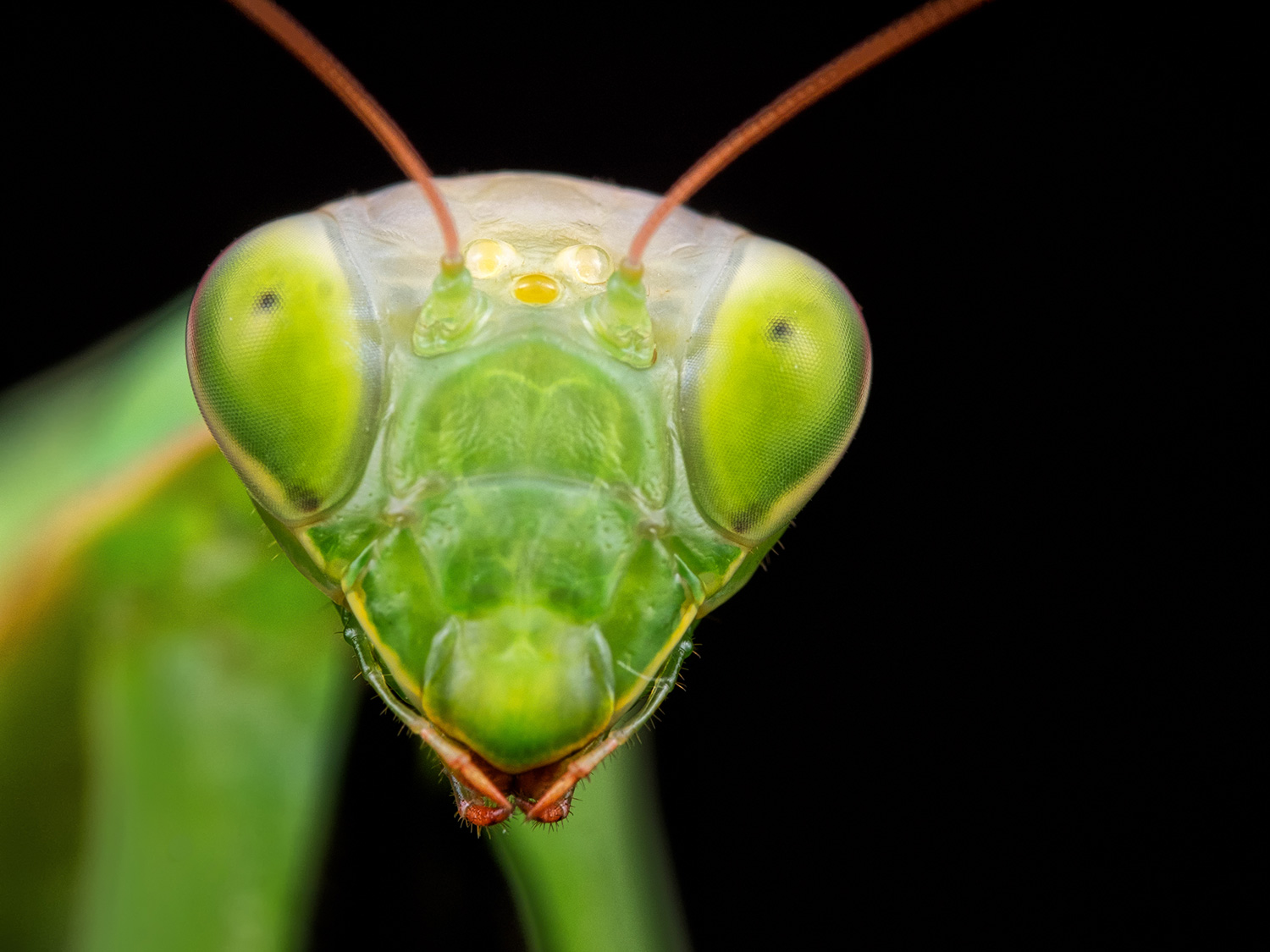

RIGHT: Olympus E-M1 . Olympus M.Zuiko 60mmF2.8 Macro . F/11 . 1/160” . ISO 200
My post-processing workflow consists of importing the photos to Lightroom so that they can be appropriately organised. Then I export the photos that I consider the best to Photoshop and edit them using luminosity masks. Only recently, I started to use the luminosity masks, and I must say that they incredibly increase the control over the shadows, lights and colours of the images. If I’d only discovered them earlier!
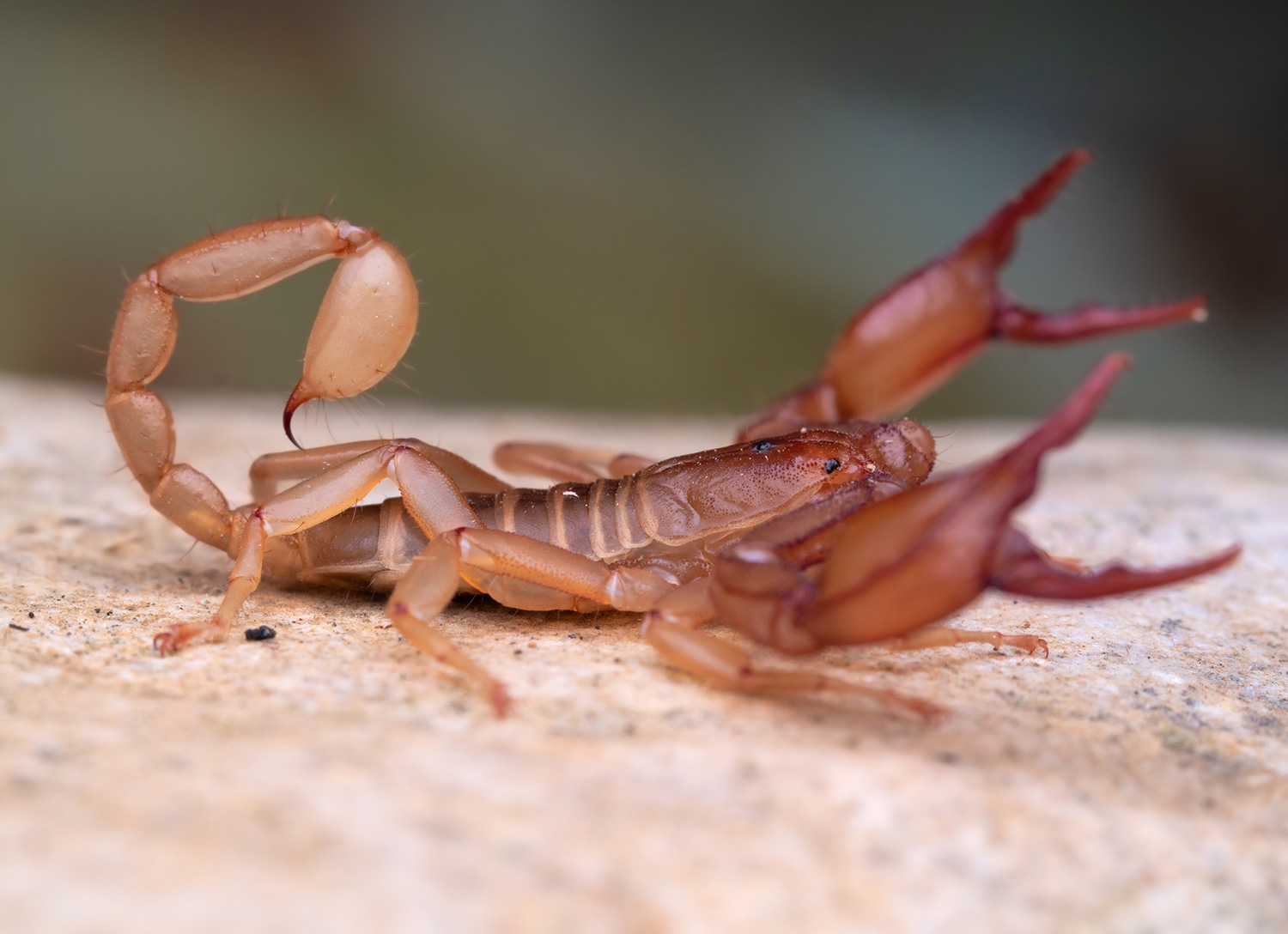
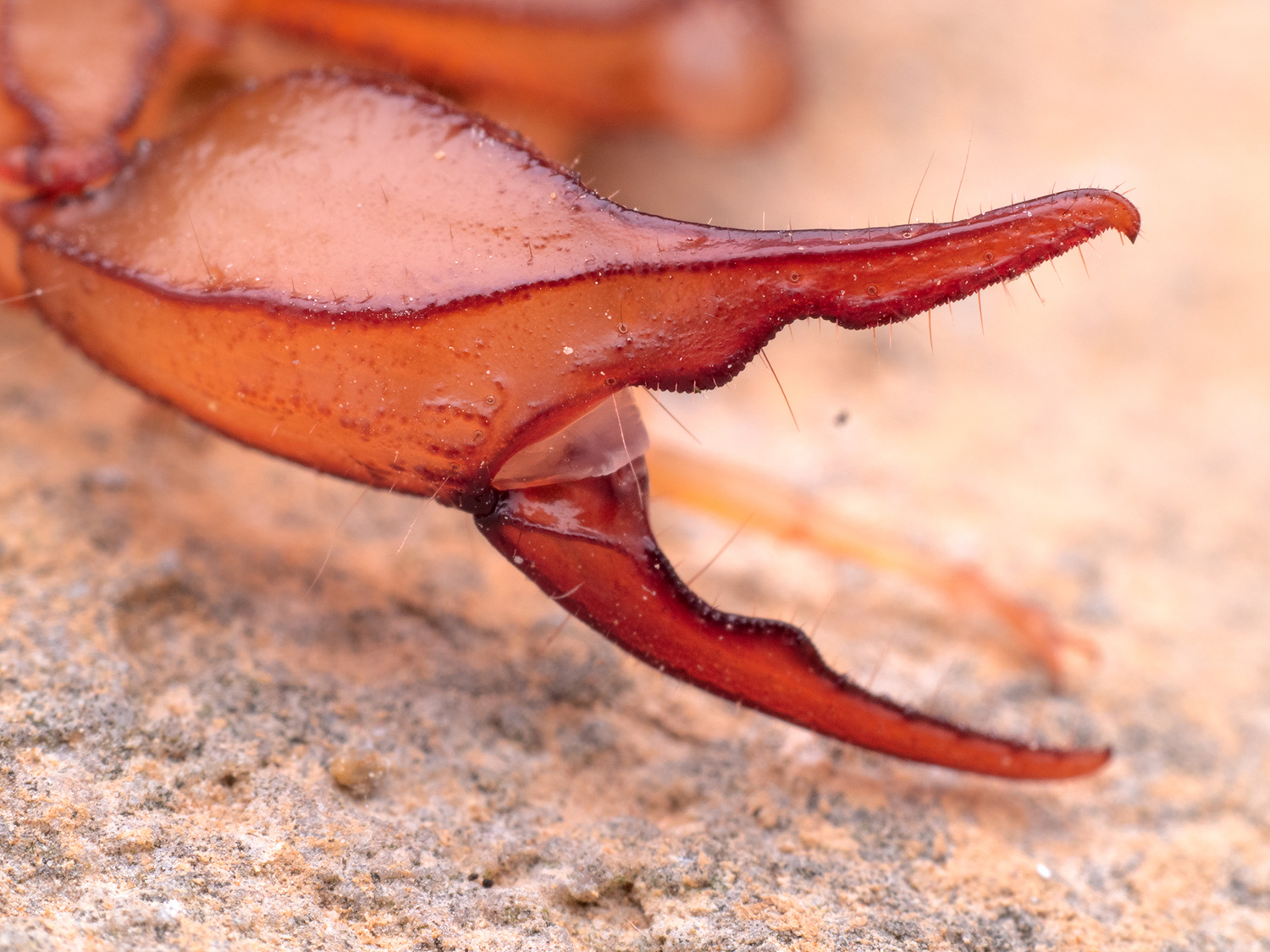
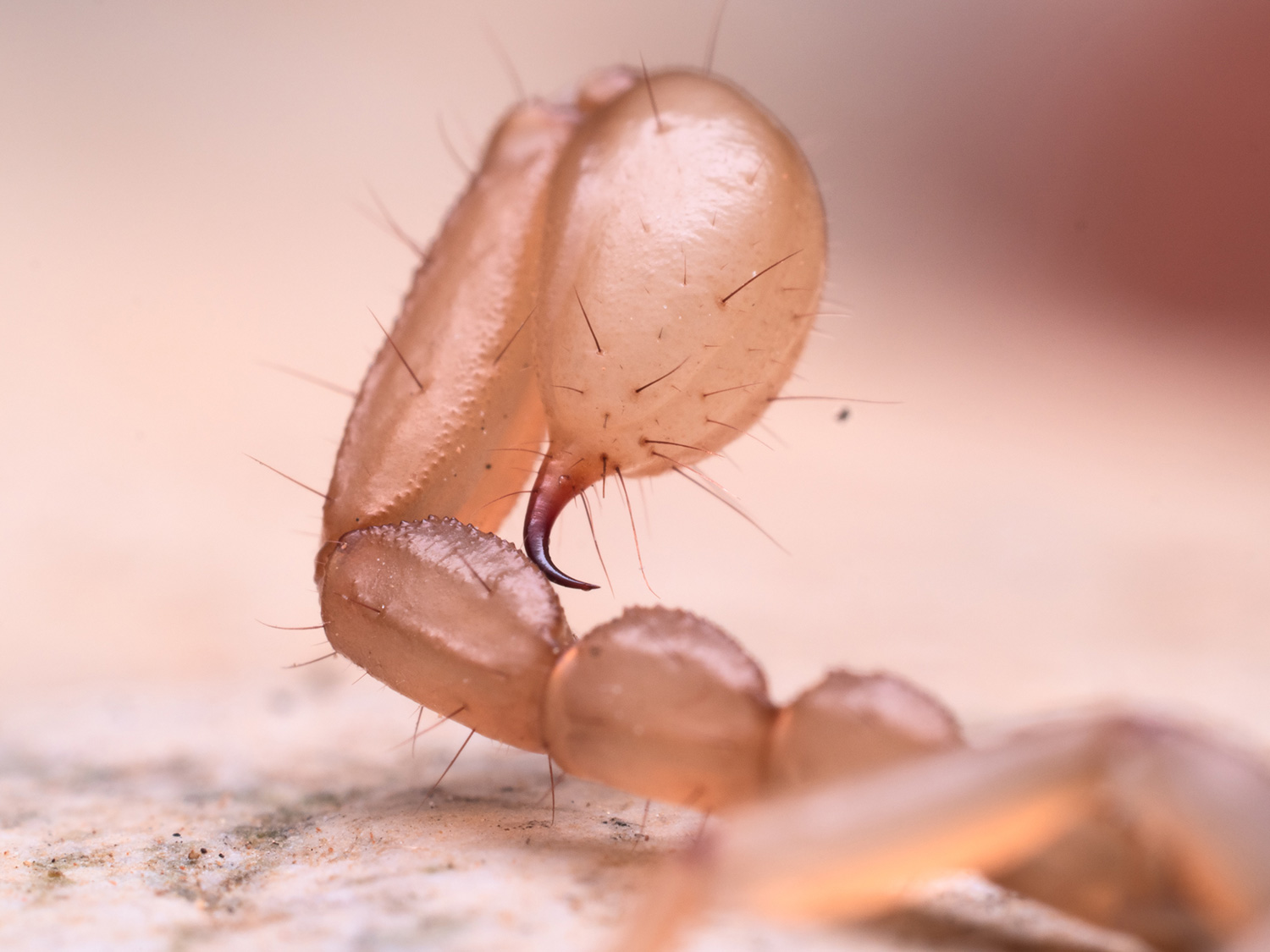
RIGHT: Olympus E-M1 MK II . Olympus M.Zuiko 60mmF2.8 Macro . F/10 . 1/80” . ISO 200
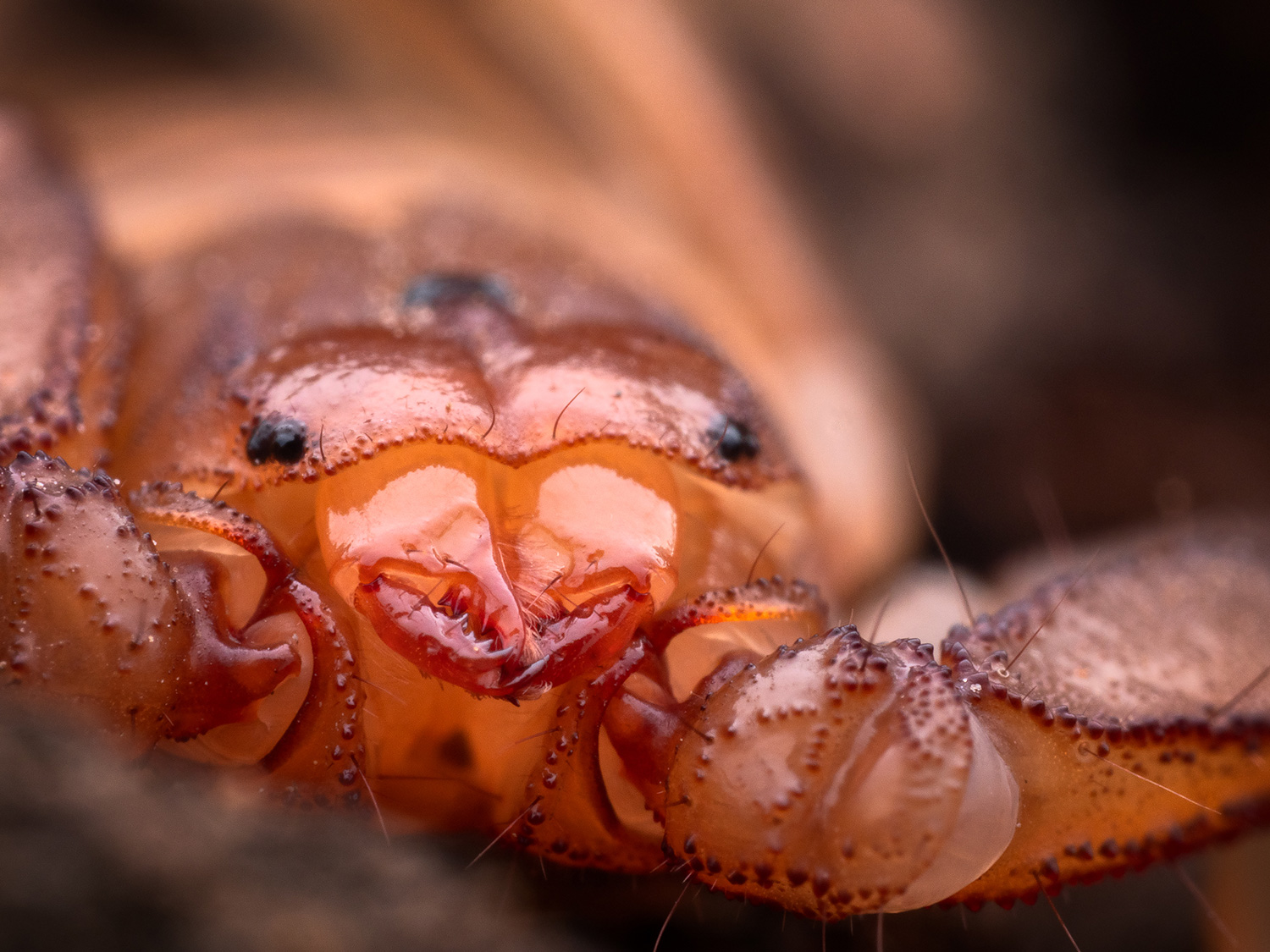

RIGHT: Olympus E-M1 MK II . Olympus M.Zuiko 60mmF2.8 Macro . F/11 . 1/80” . ISO 320
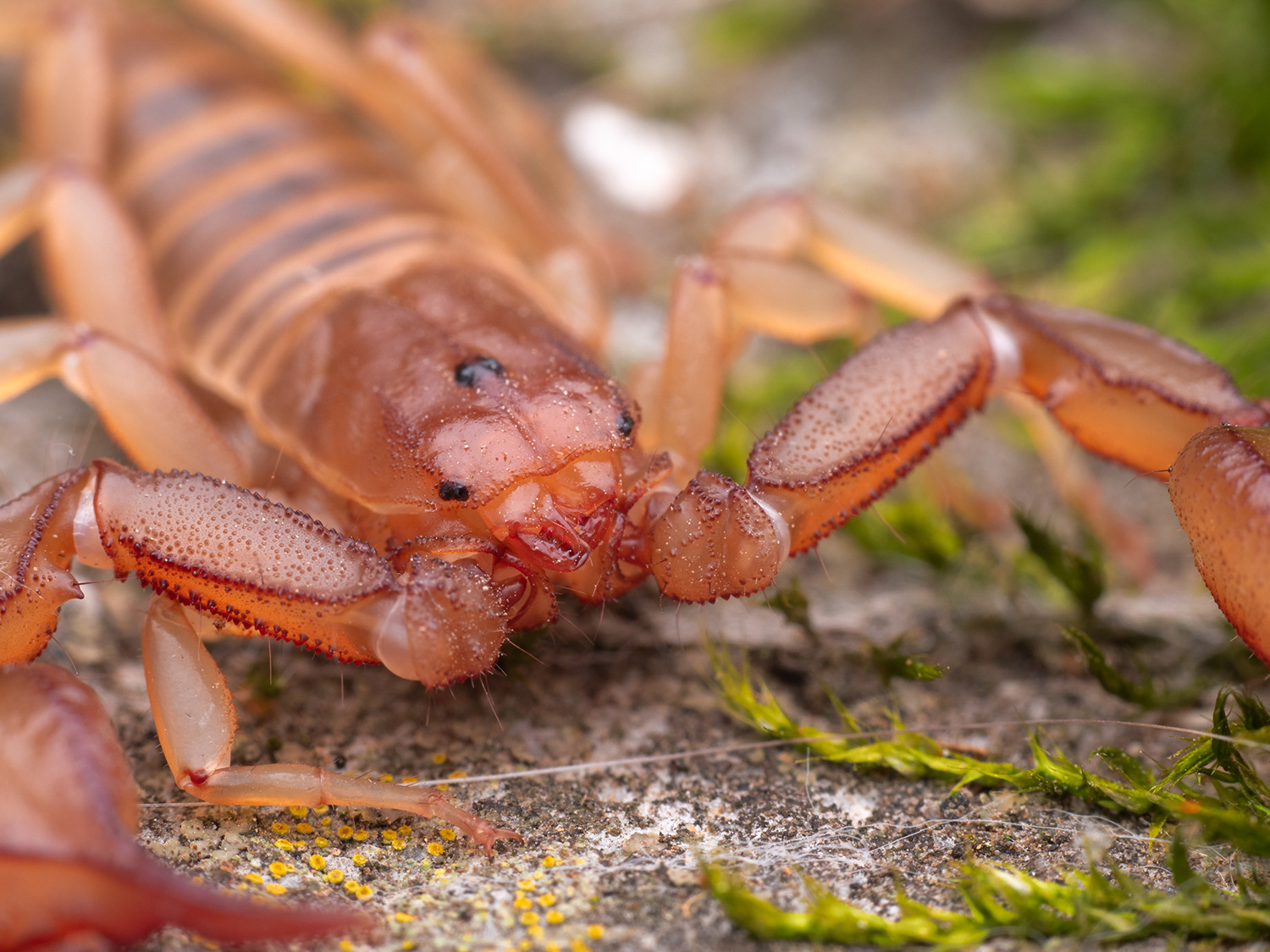
Olympus had an incredible evolution over the years, filling the gap and surpassing the APS-C sensors, which, in my opinion, now have no sense of existing, being in the middle between the M43 and full-frame. I am very satisfied with my E-M1 Mark II. The feeling I get while using it is really fantastic, without any concern for rain and dust. I’m not afraid of freezing either, given the camera’s ability to withstand temperatures below 0° C. So, a real small tank but with really high ergonomics.

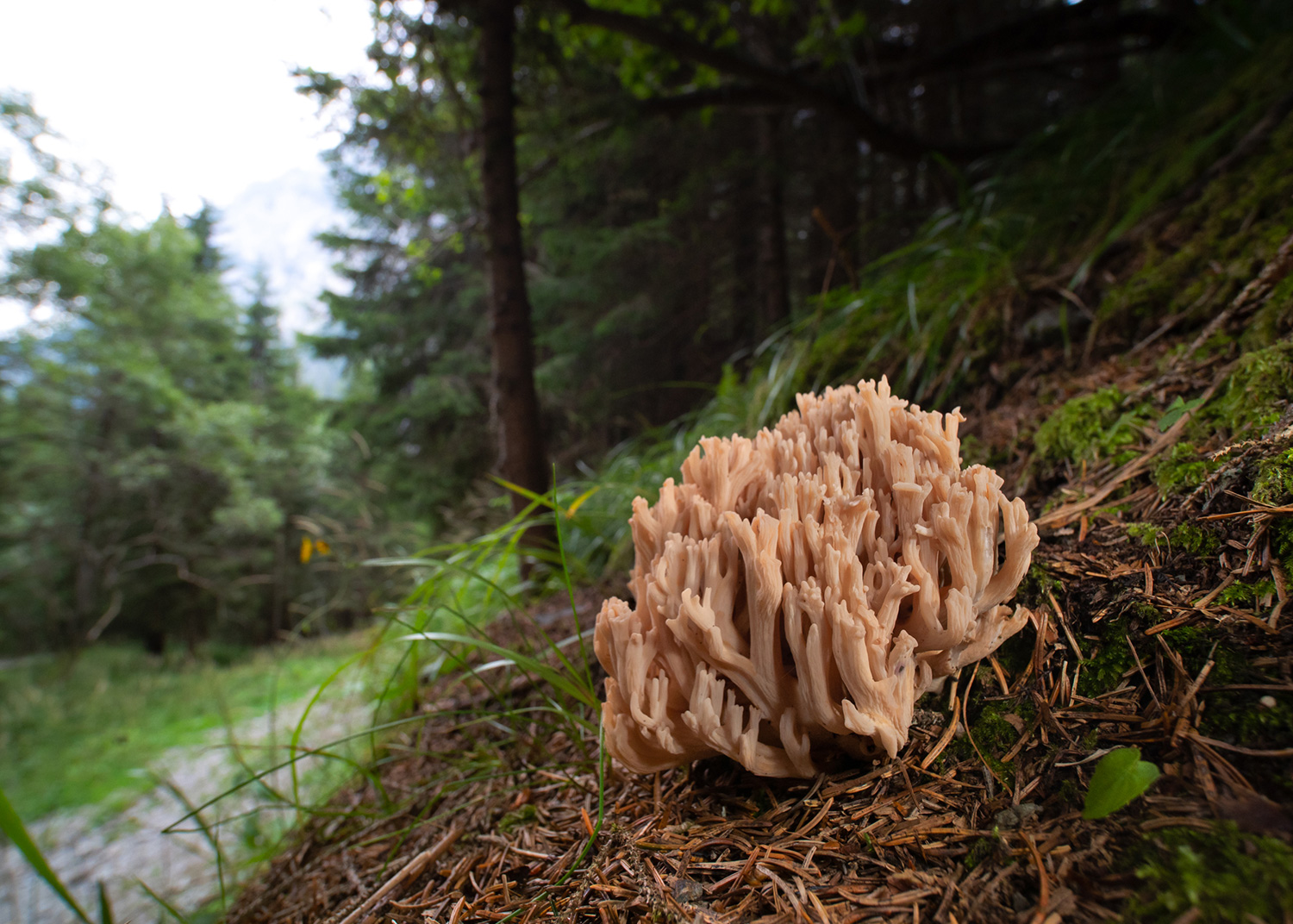
RIGHT: Olympus E-M1 MK II . 1/15” . ISO 400
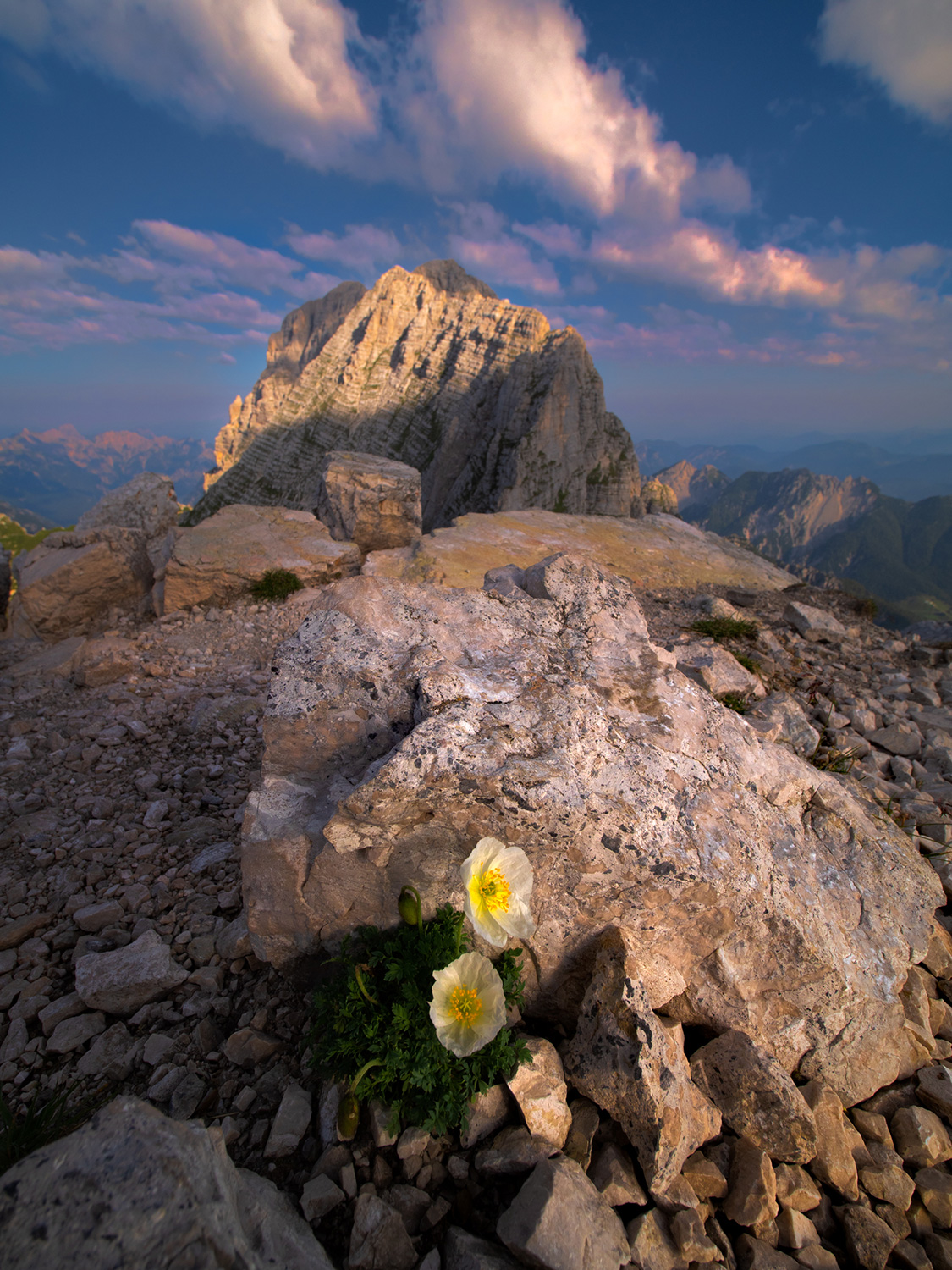

RIGHT: Olympus E-M1 MK II . 11.0” . ISO 200
If I have to find out a flaw, I often feel the need for longer battery life during long exposures. However, this defect has been solved with the arrival of the E-M1 Mark III, which allows you to recharge or supply energy through a power bank, extending the battery life dramatically. Precisely for this reason, I am unsure whether to switch to the E-M1 Mark III or wait a little longer and evaluate, who knows, the next flagship.
In conclusion, I would like to thank the Olympus Passion editorial staff for taking an interest in my photos and for giving me the opportunity to write this article.
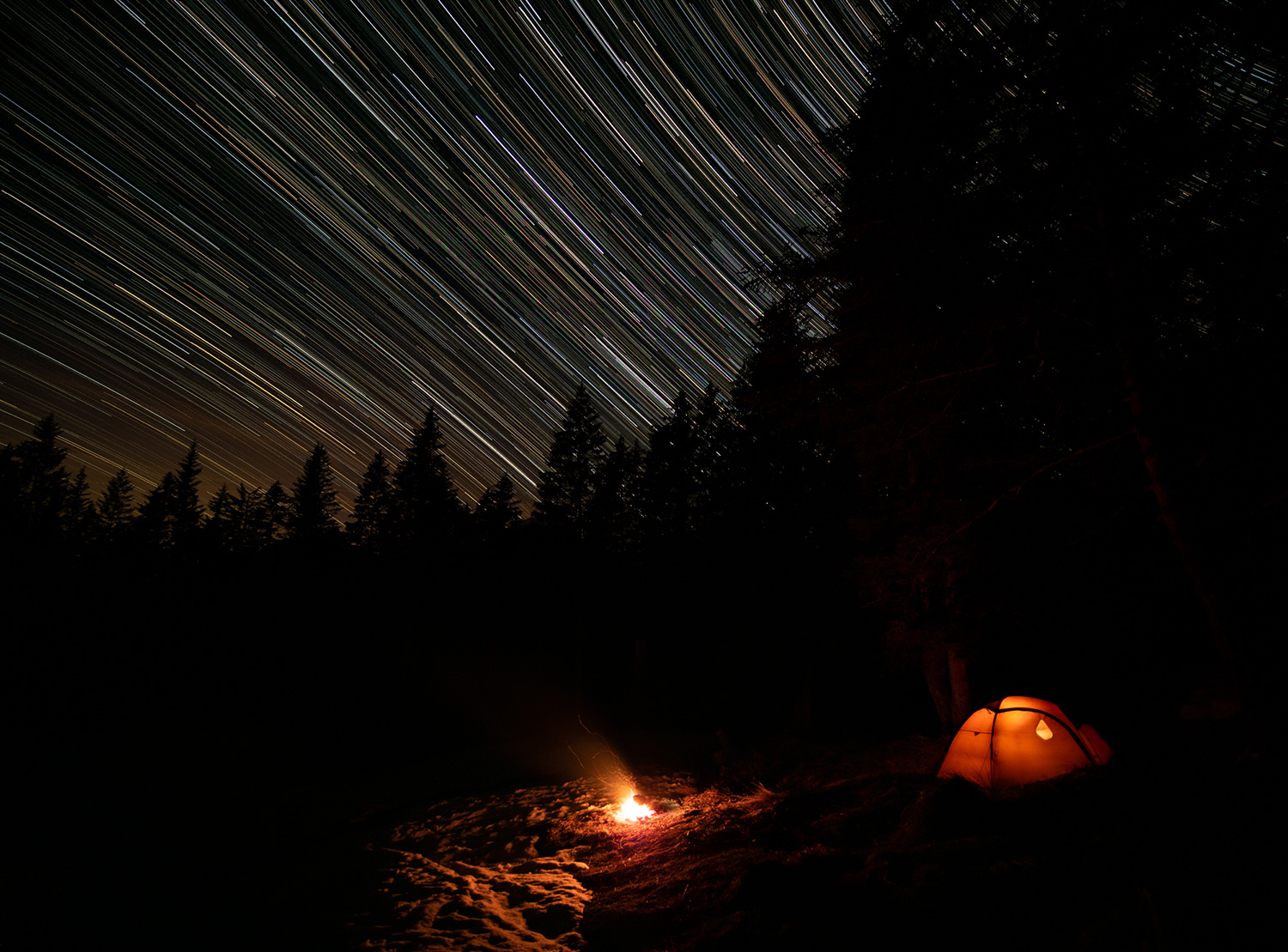
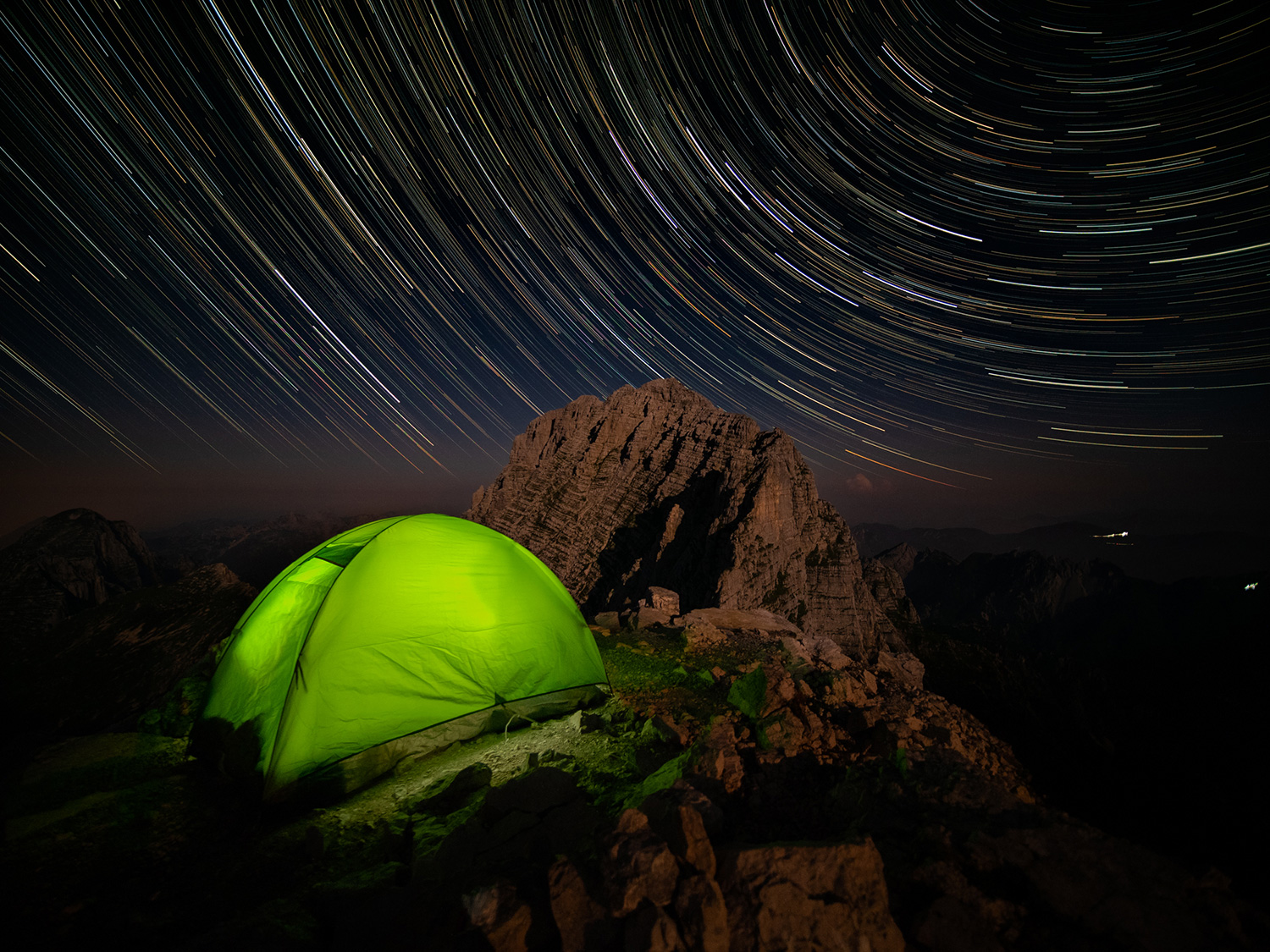

RIGHT: Olympus E-M1 MK II . 57.0” . ISO 100
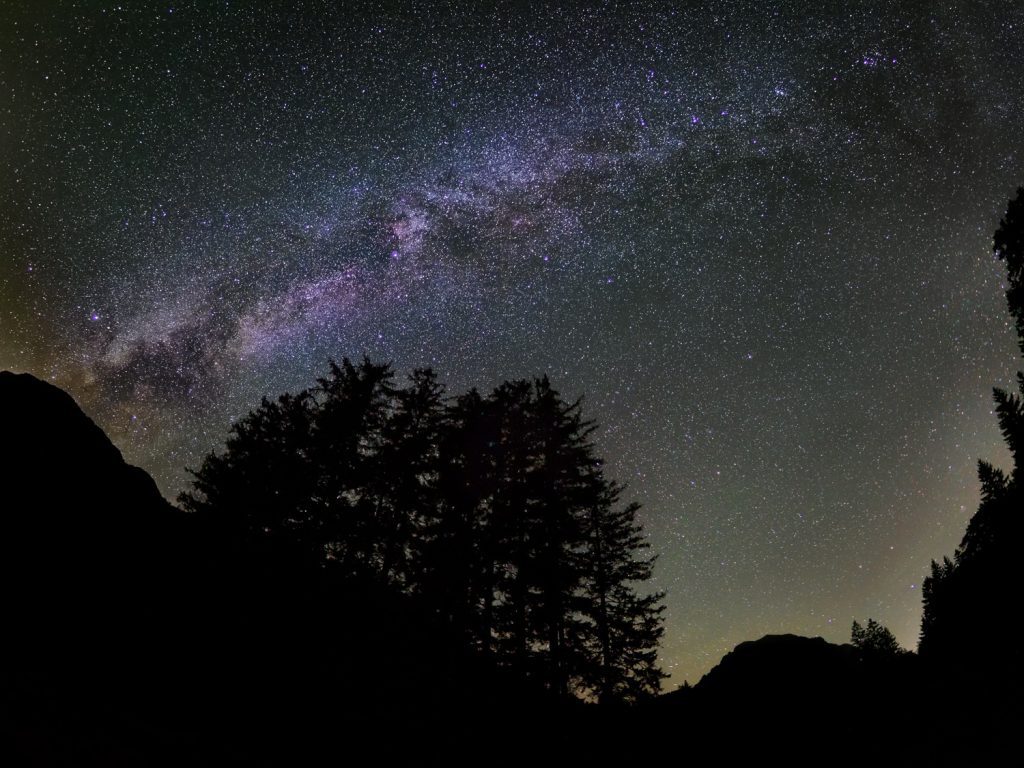
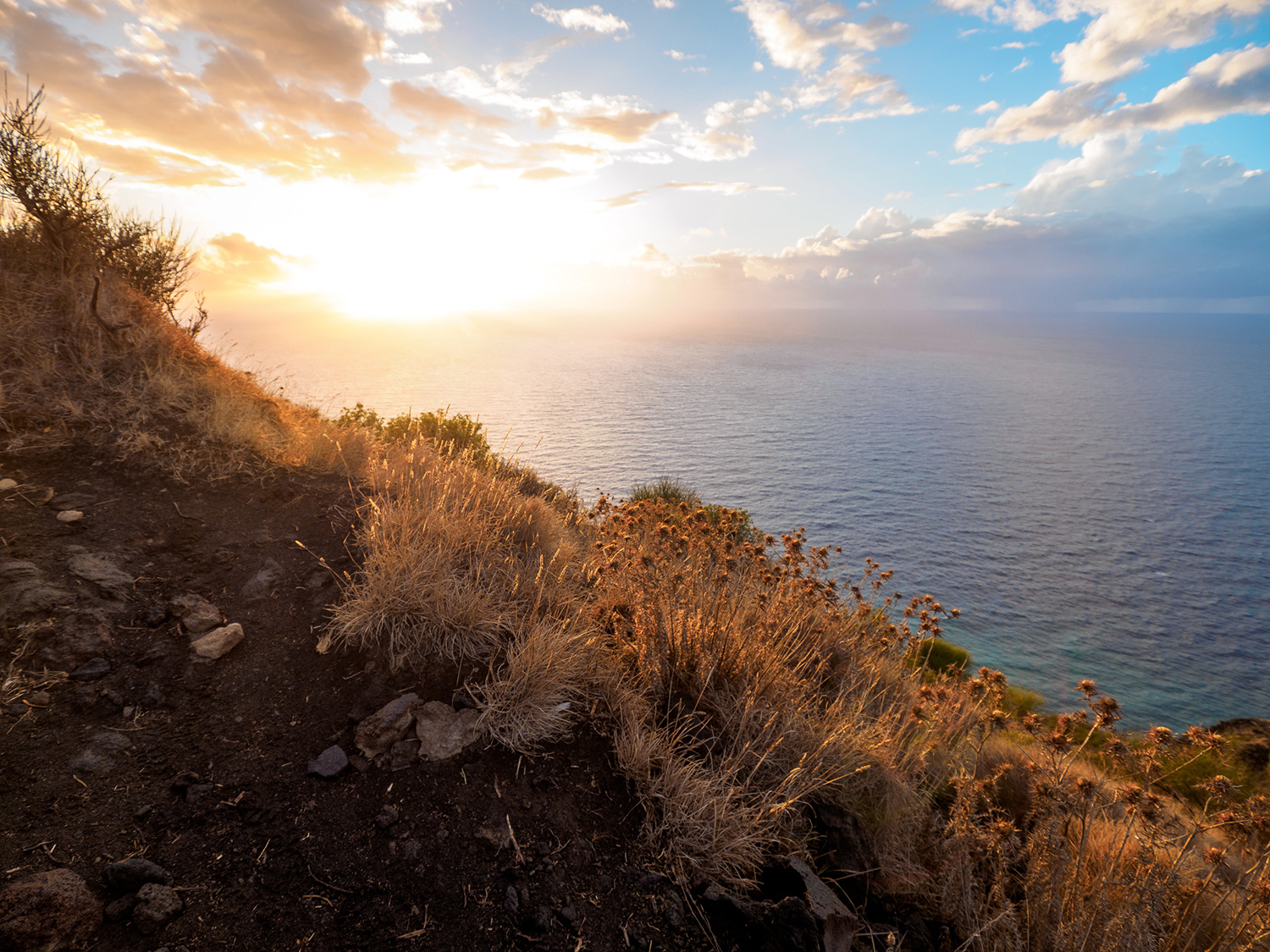
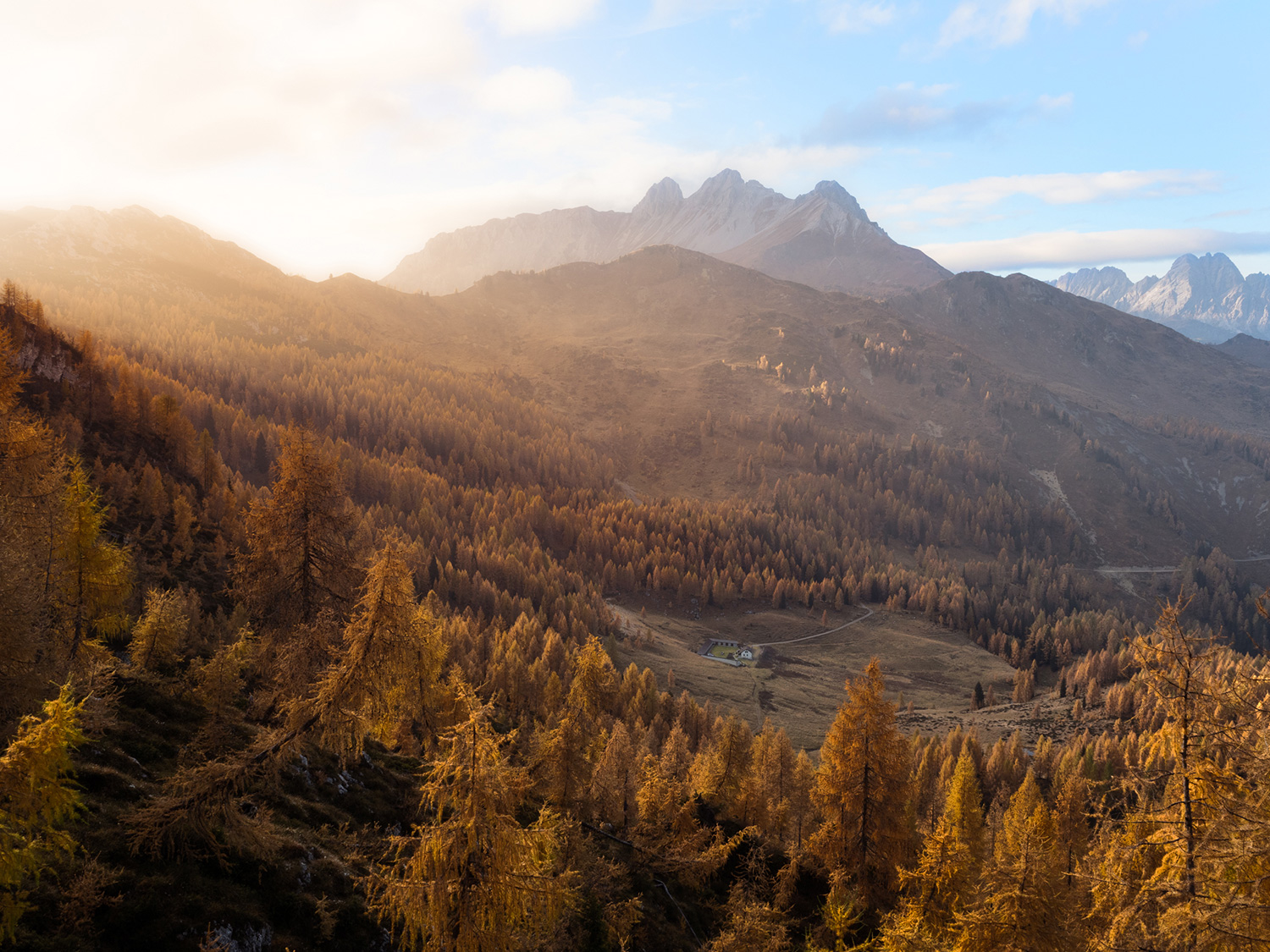
RIGHT: Olympus E-M1 MK II . Olympus M.Zuiko 12-40mmF2.8 @17mm . F/7.1 . 1/200” . ISO 200


RIGHT: Olympus E-M1 MK II . 8.0” . ISO 64
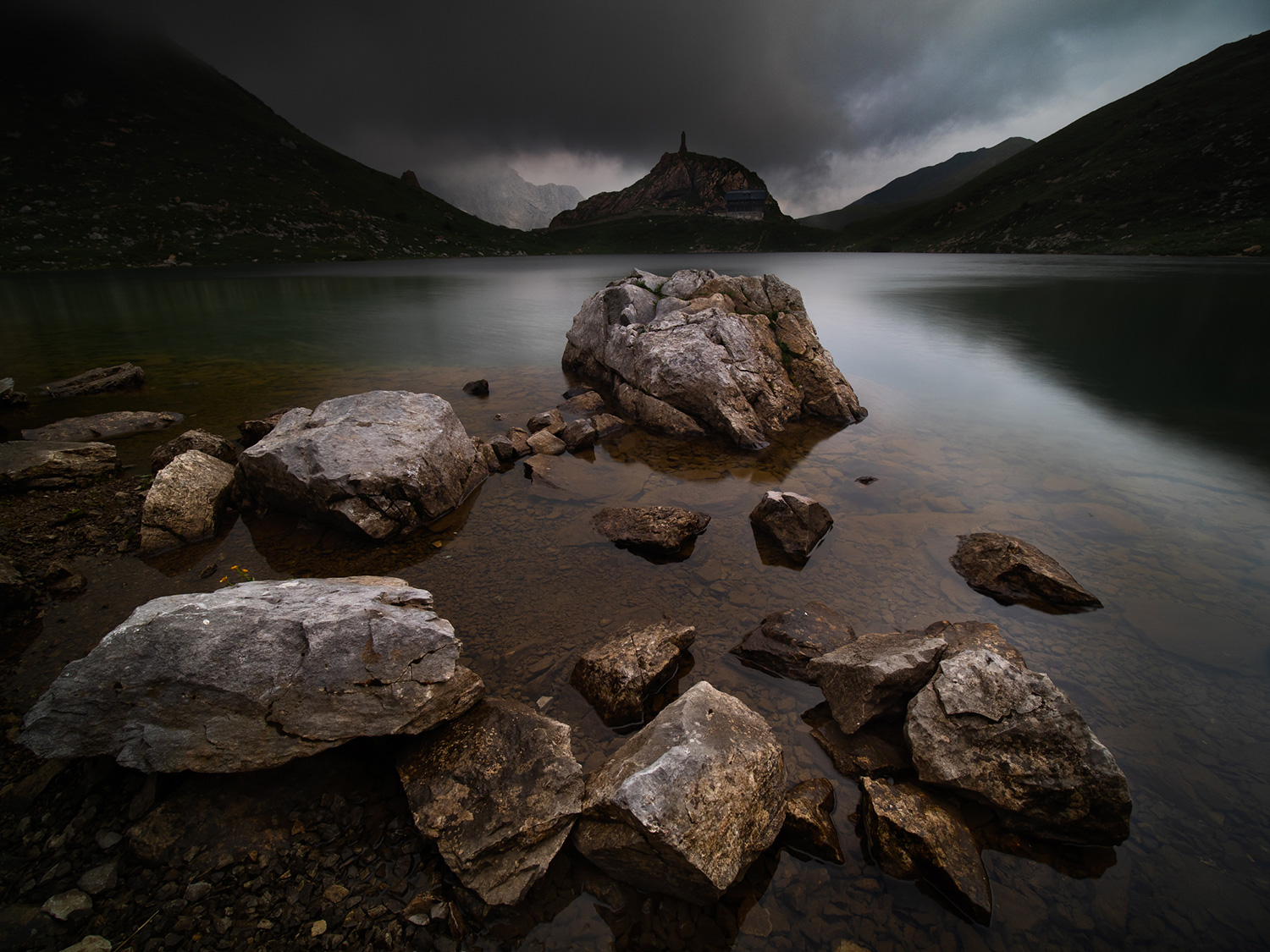

RIGHT: Olympus E-M1 MK II . 20” . ISO 100
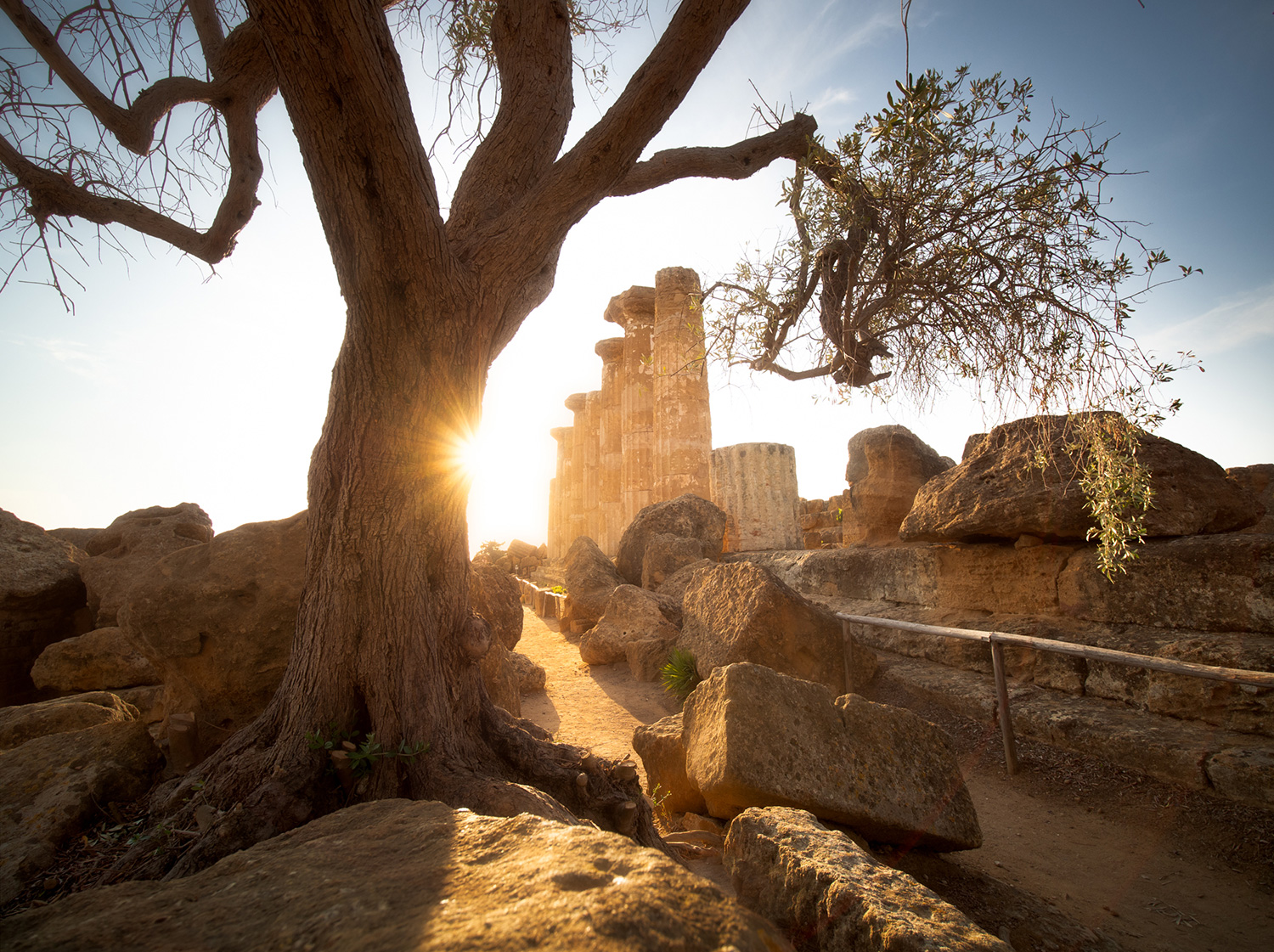
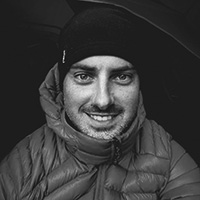
“Hi, my name is Enrico, I am 33 years old, and I live in a small town on the outskirts of Udine, in Friuli Venezia Giulia, in the northeast of Italy. I am a biologist, and I work as an employee in a company operating in waste management and treatment services. Nature and everything related to it have always been my greatest passions. From an early age, I remember how obsessed I was with science, animals, and how the world works, and I must say that things have not changed much since that time.”




